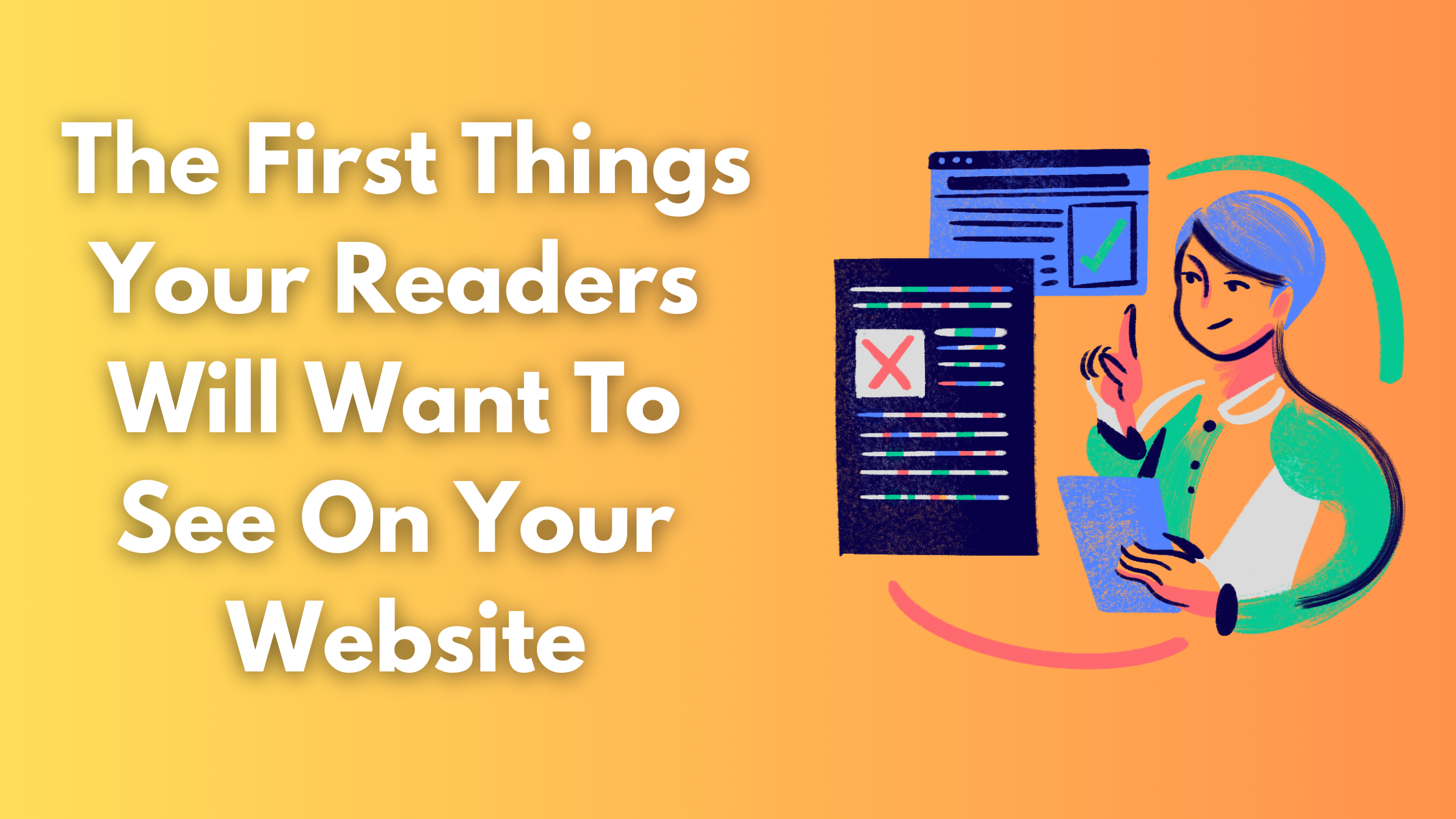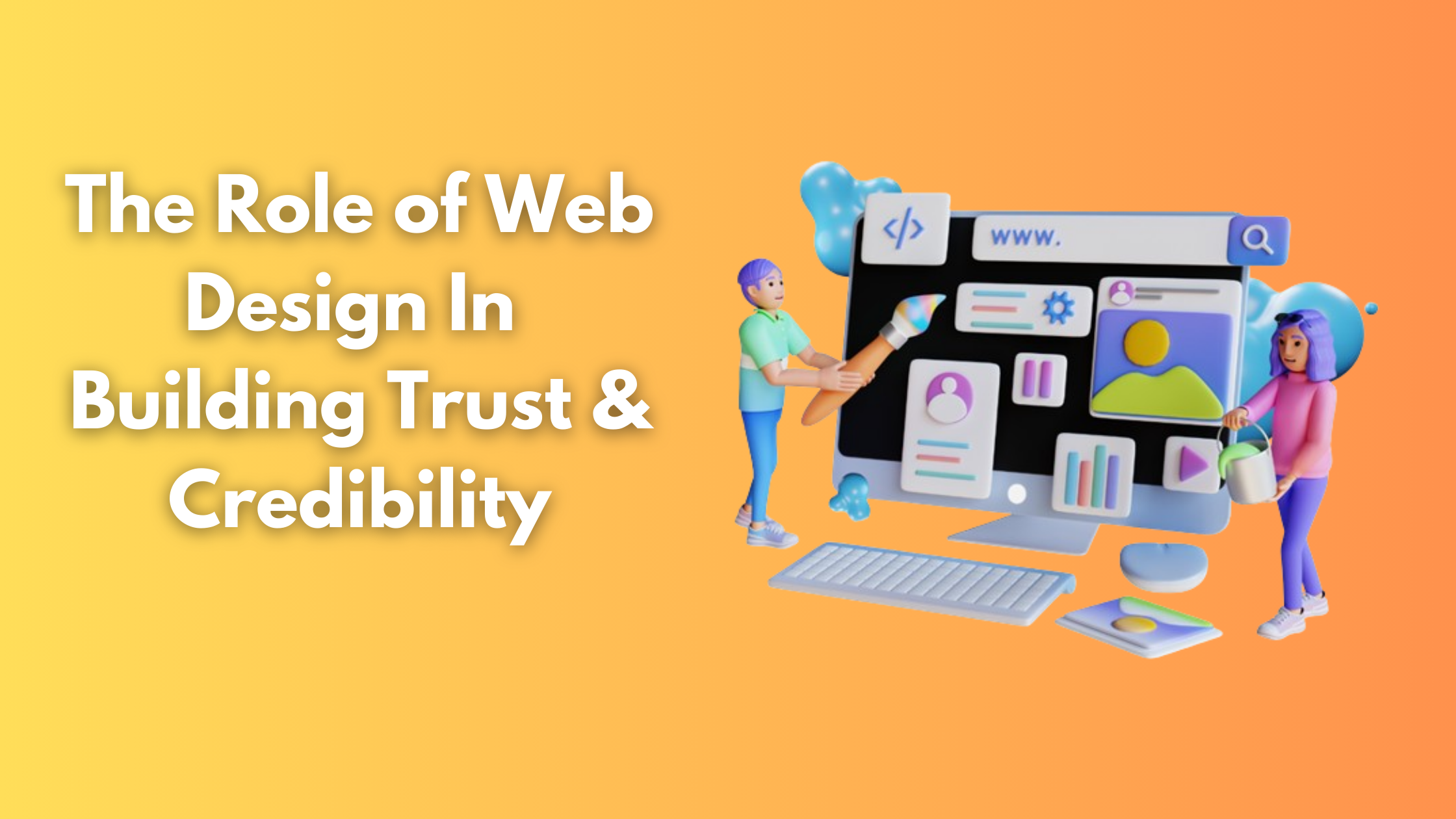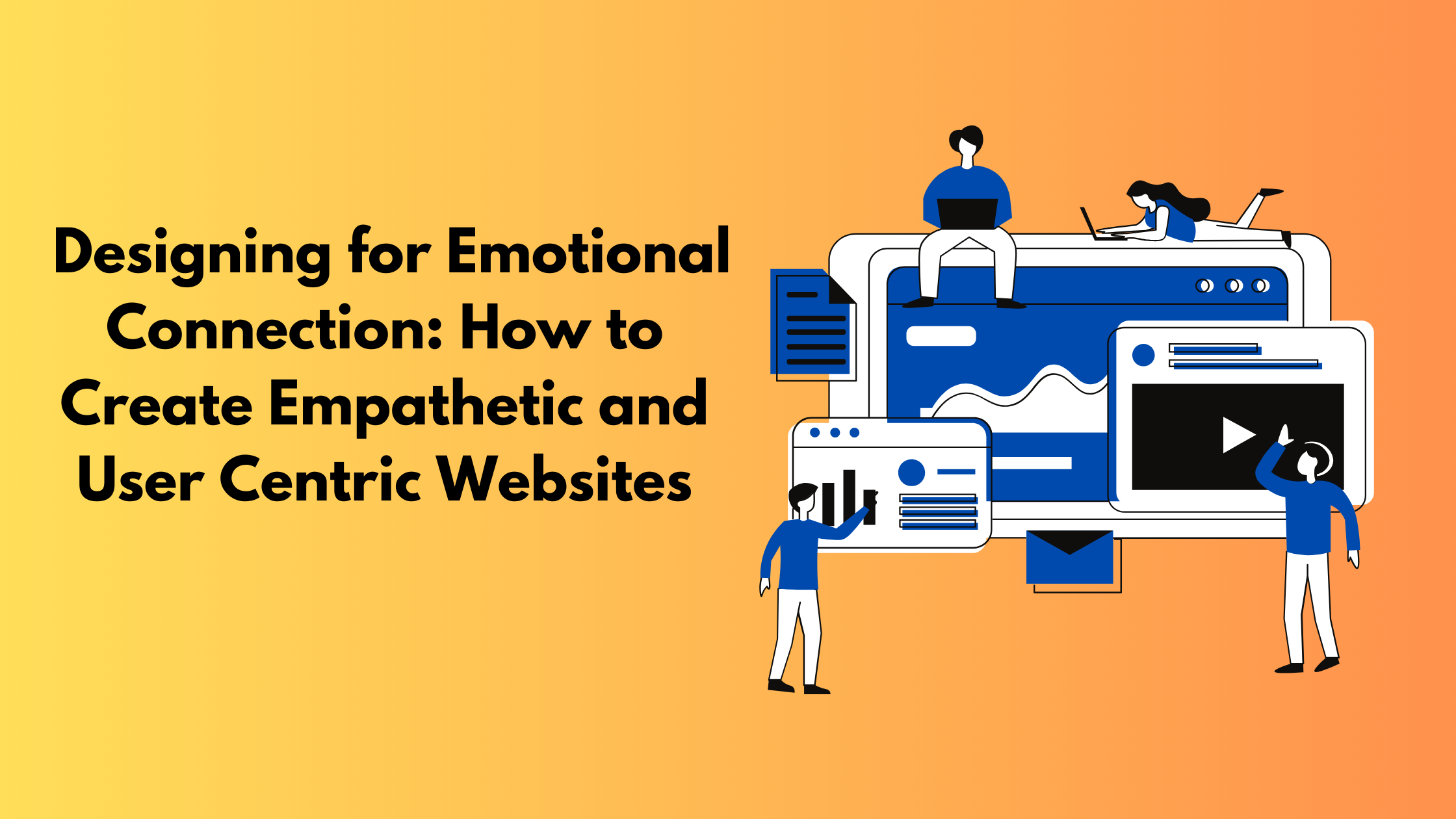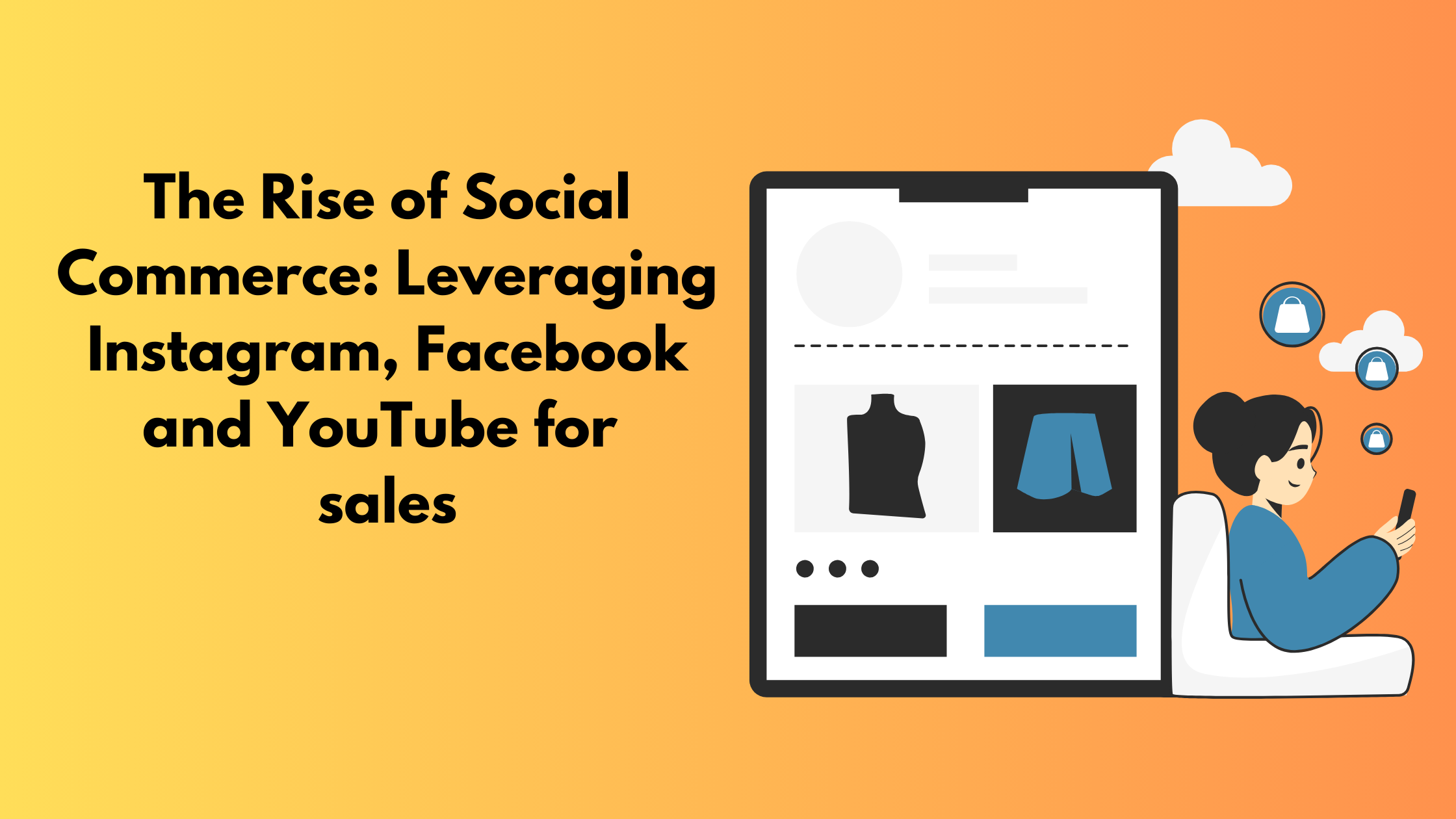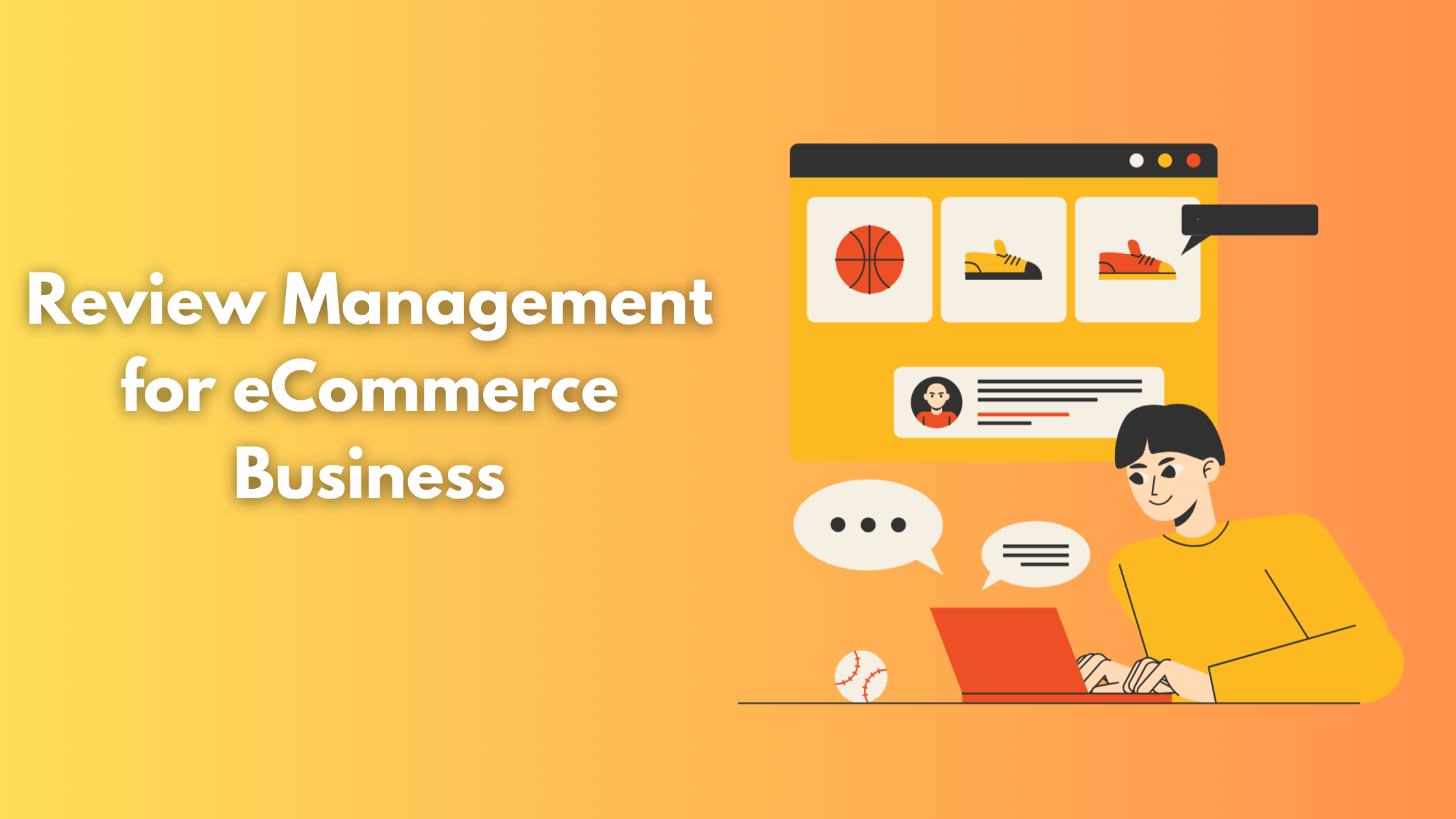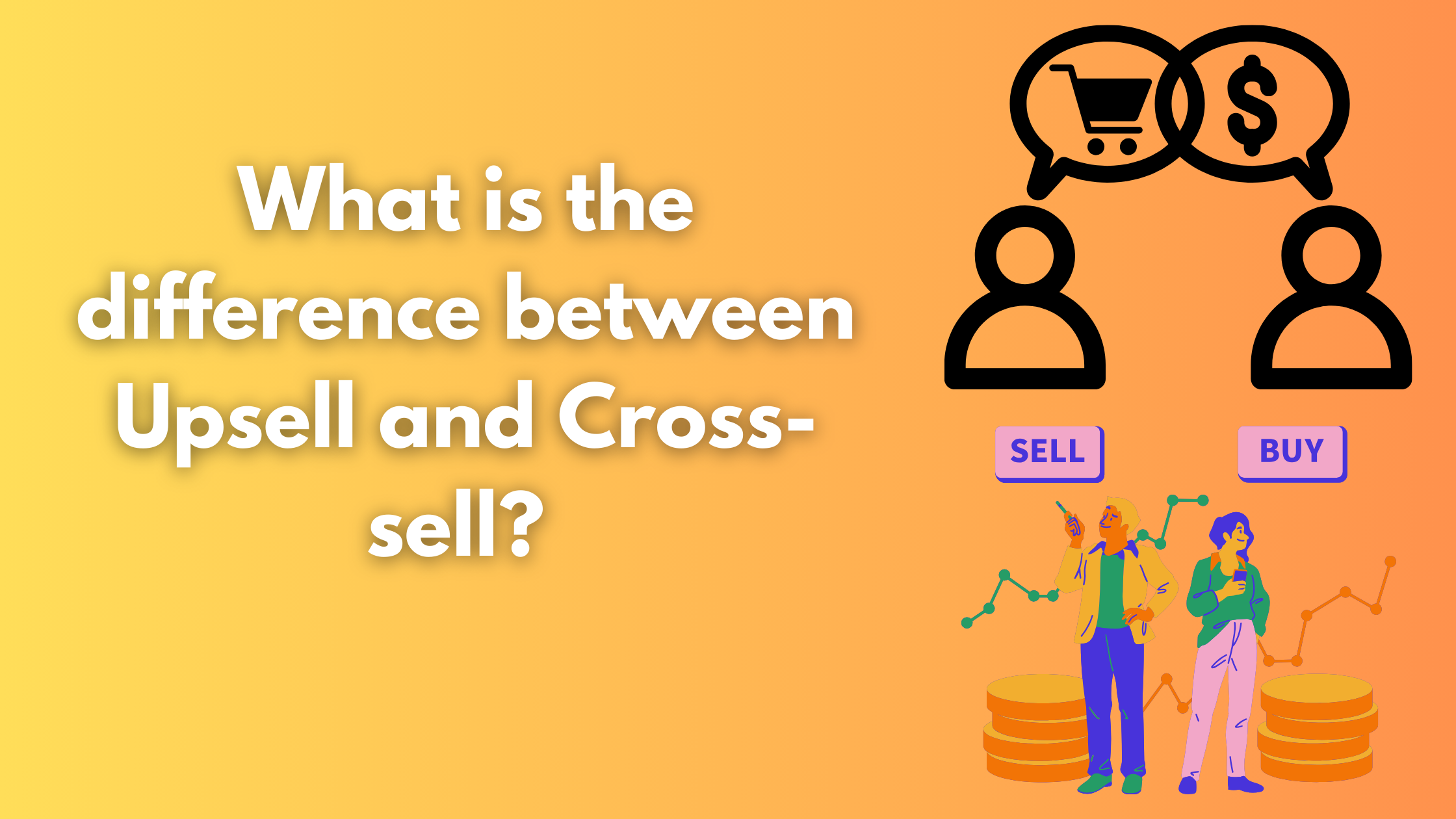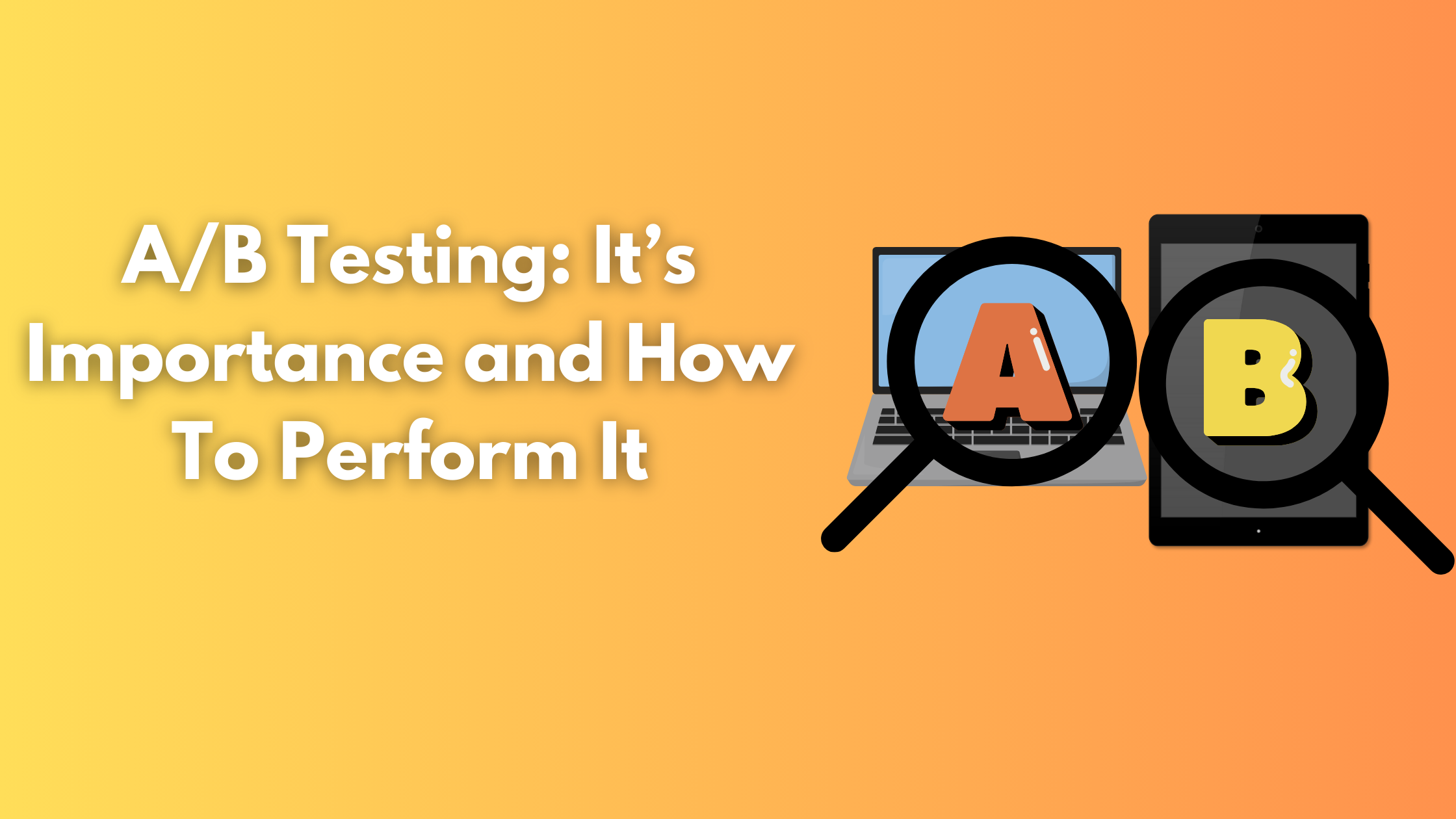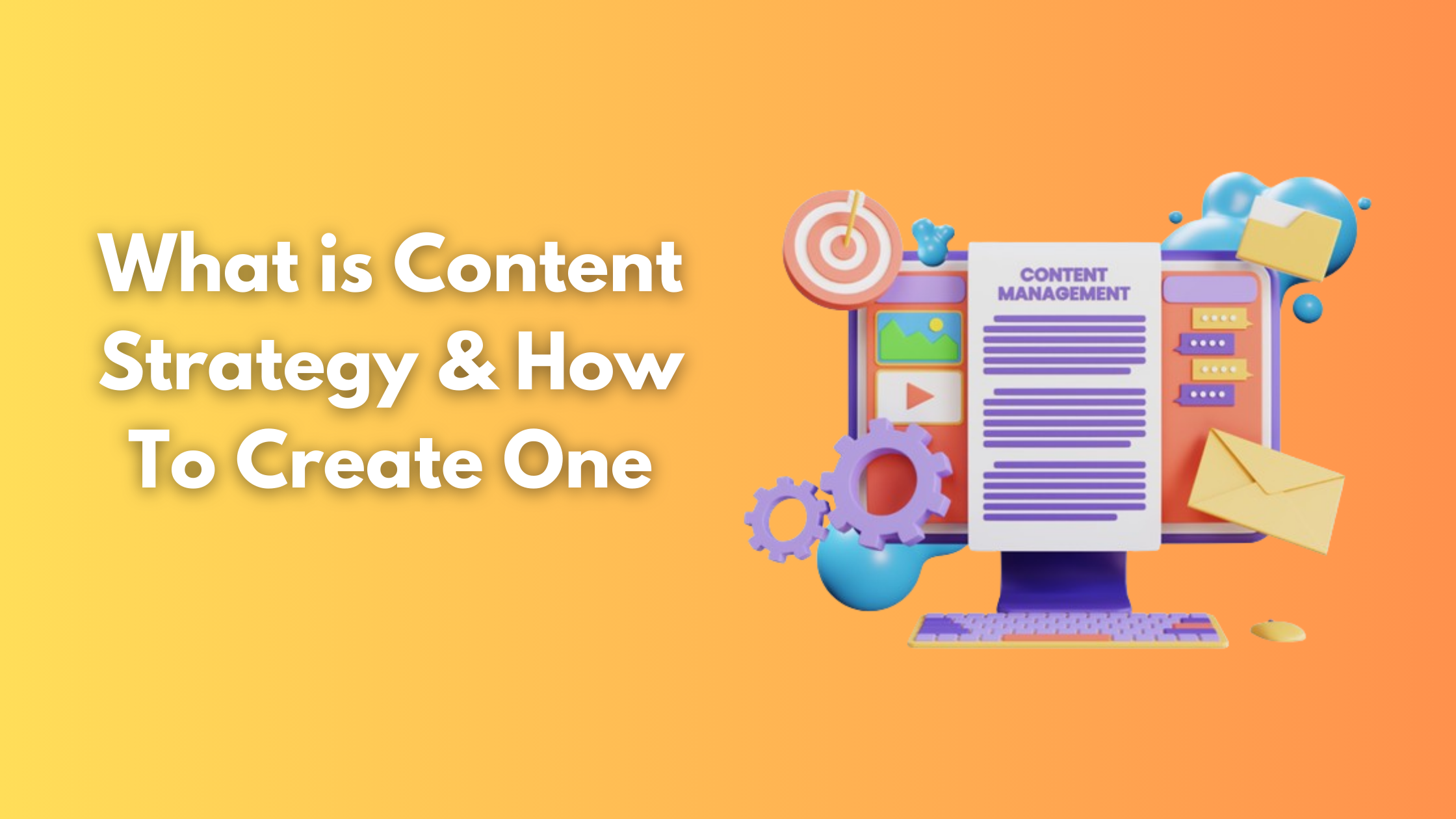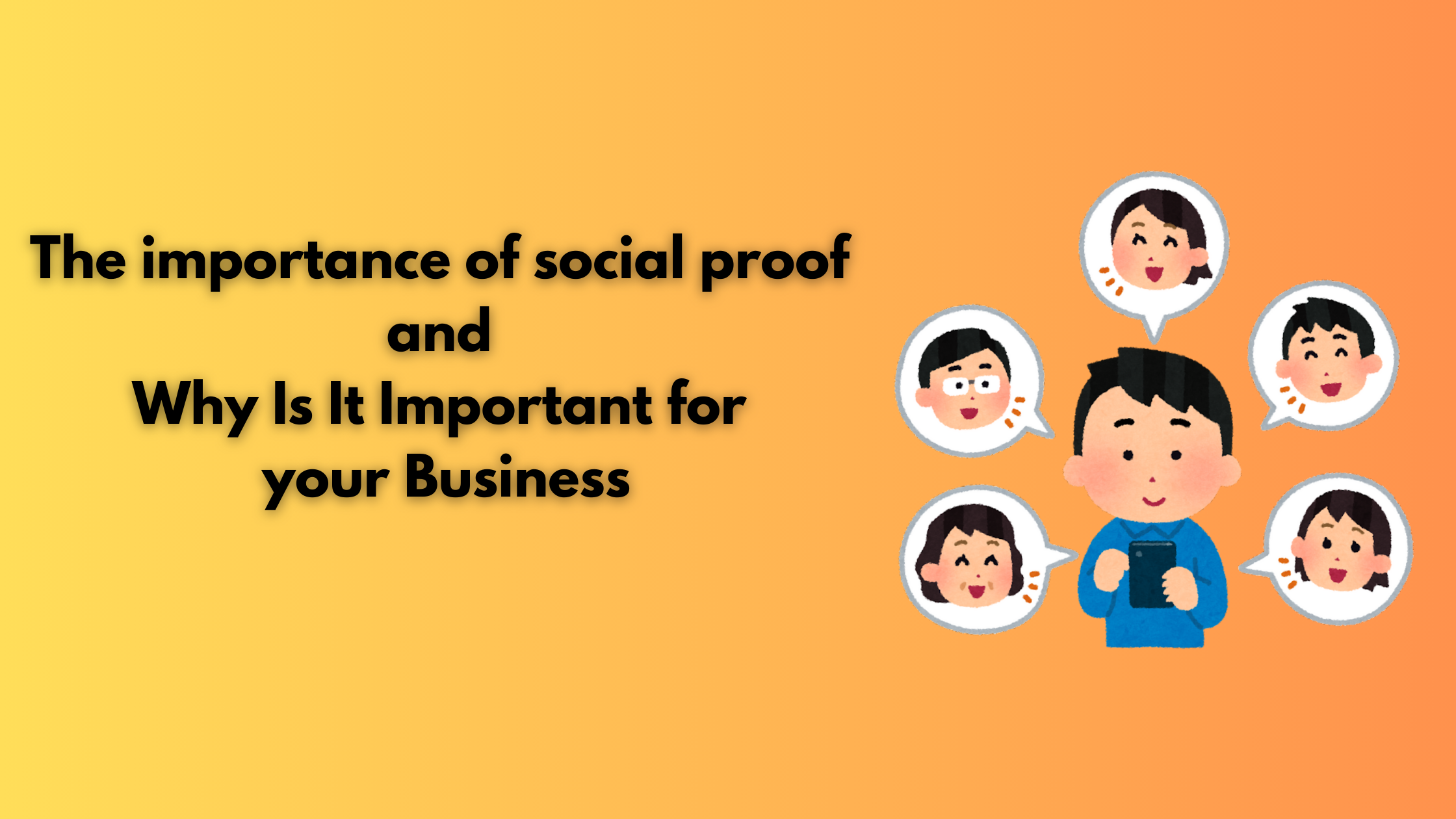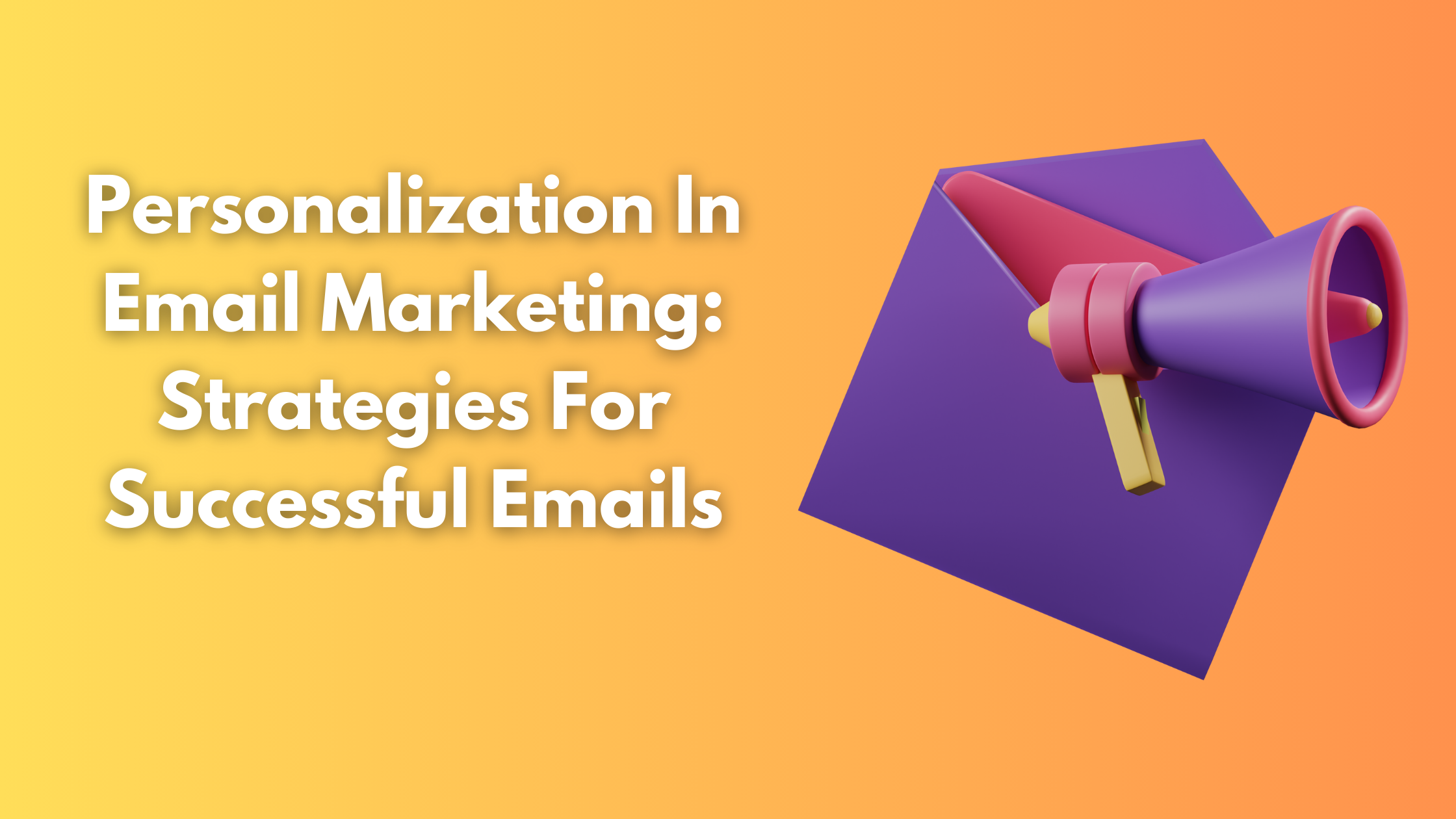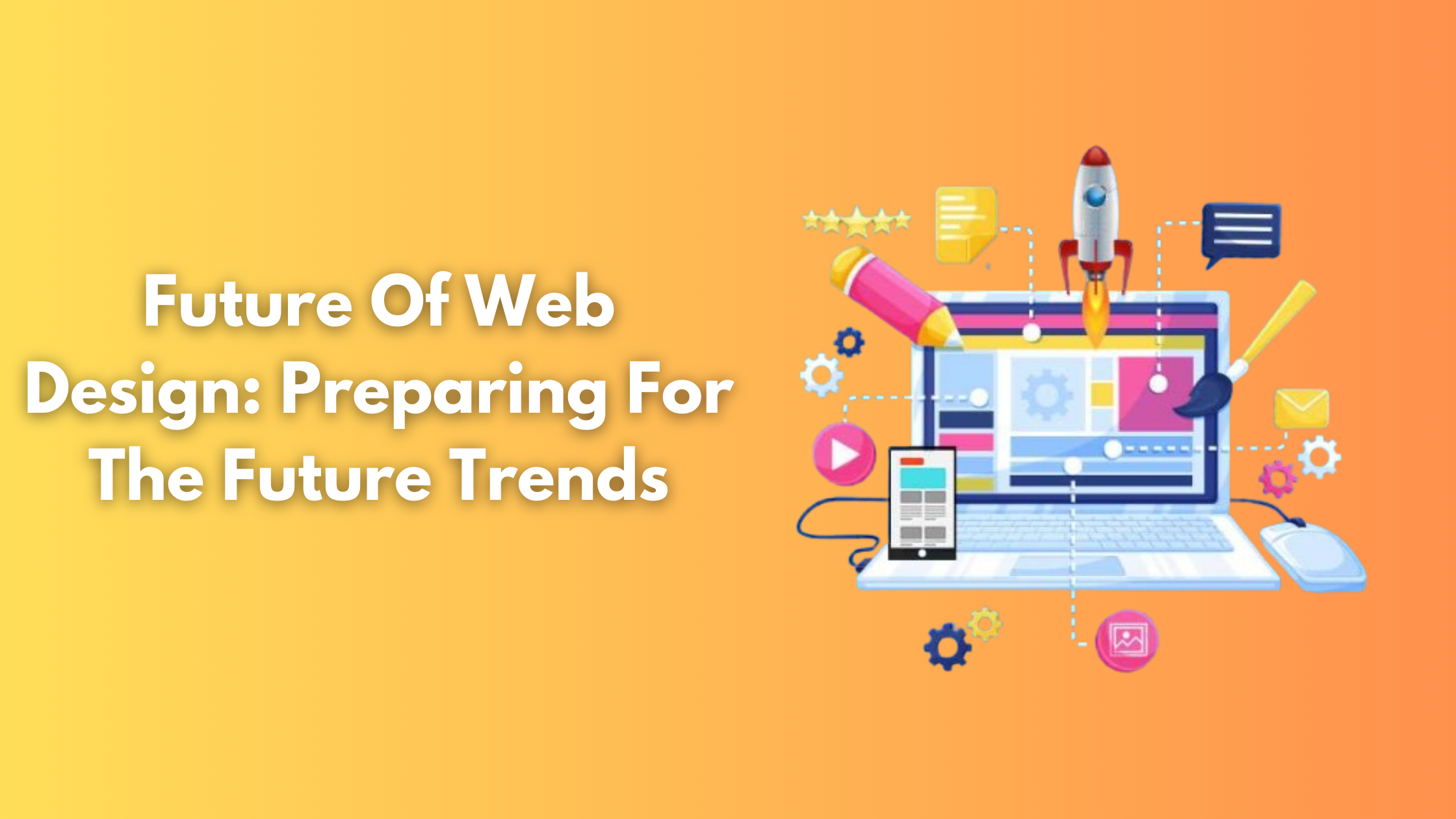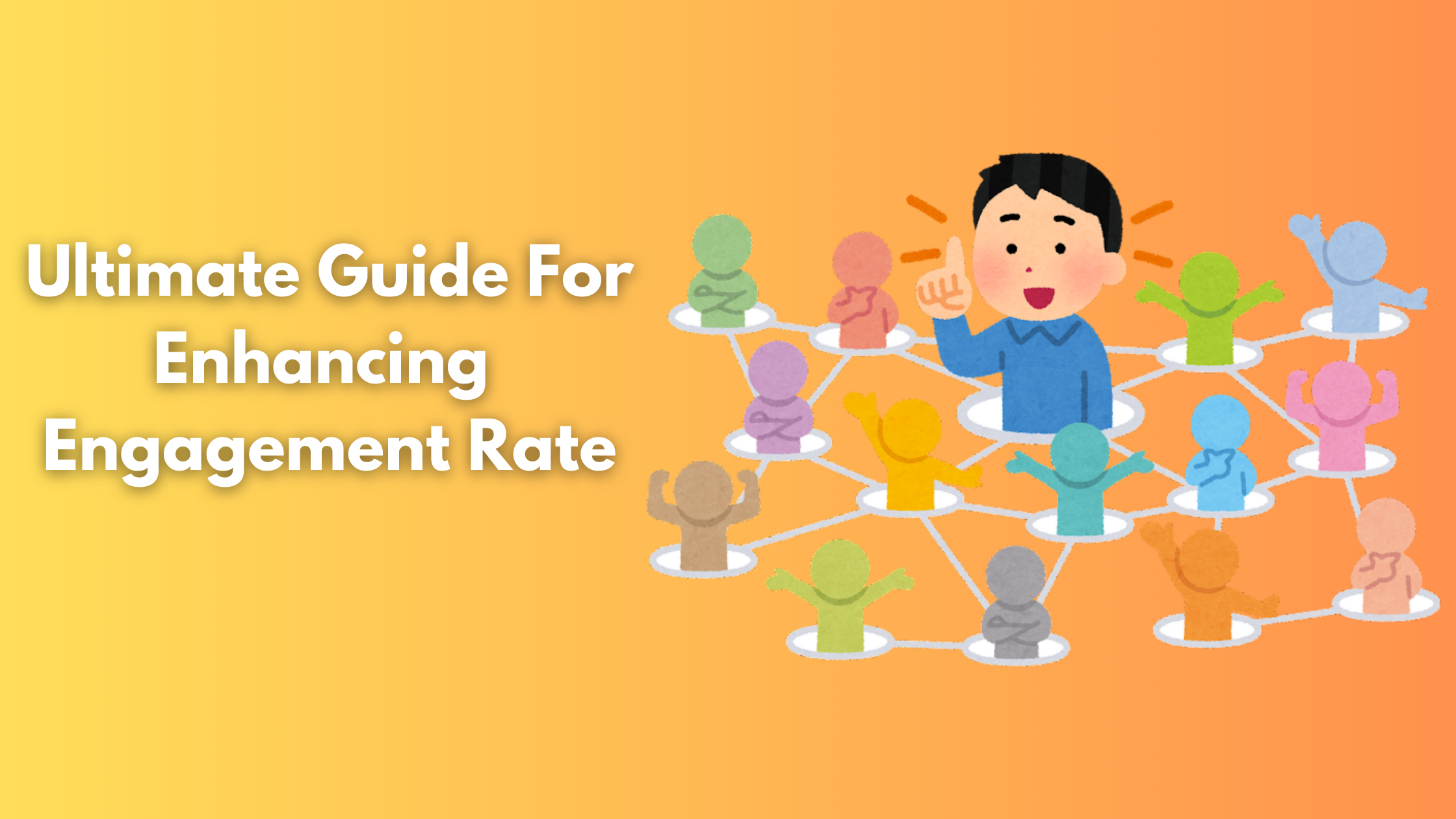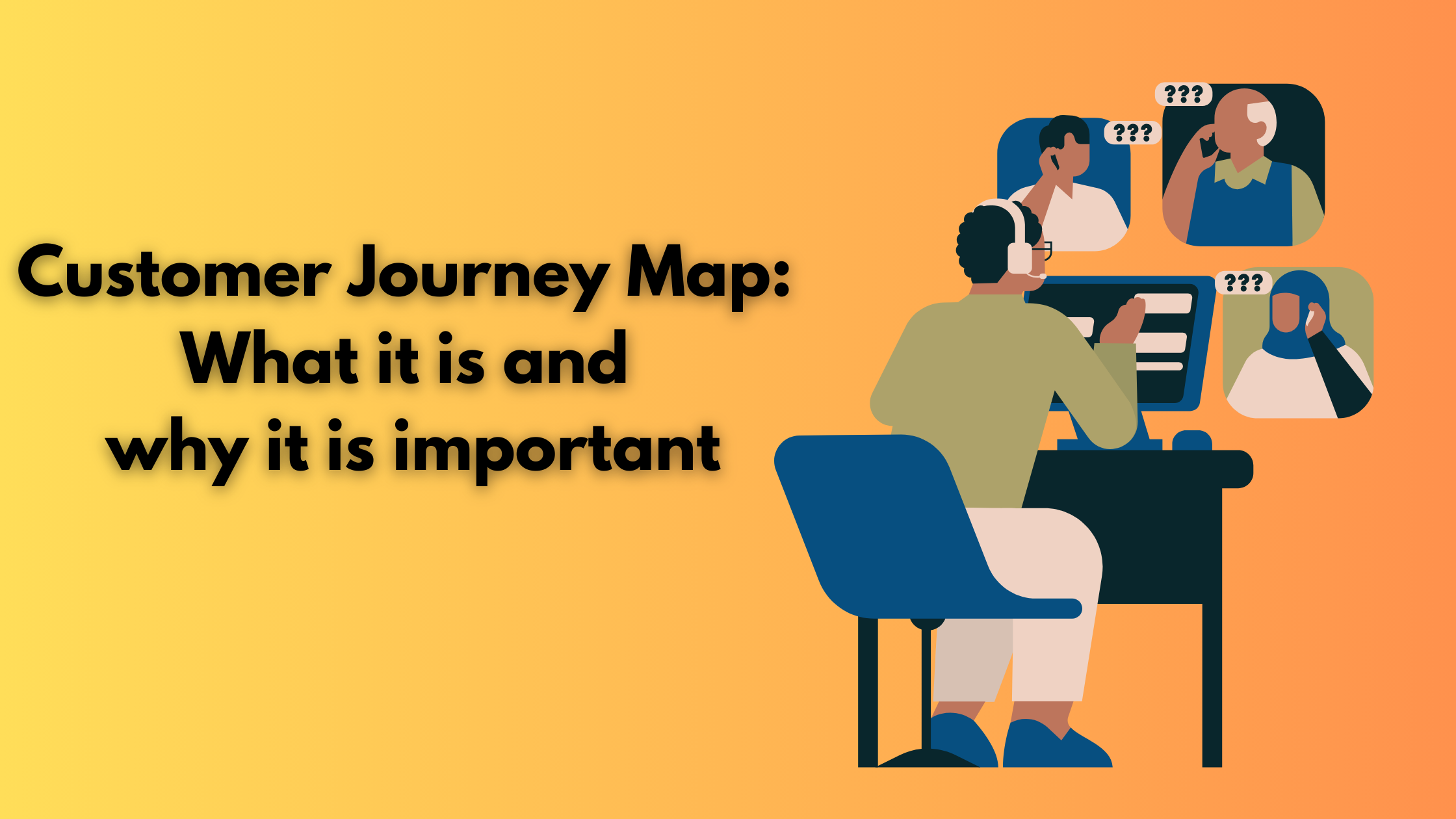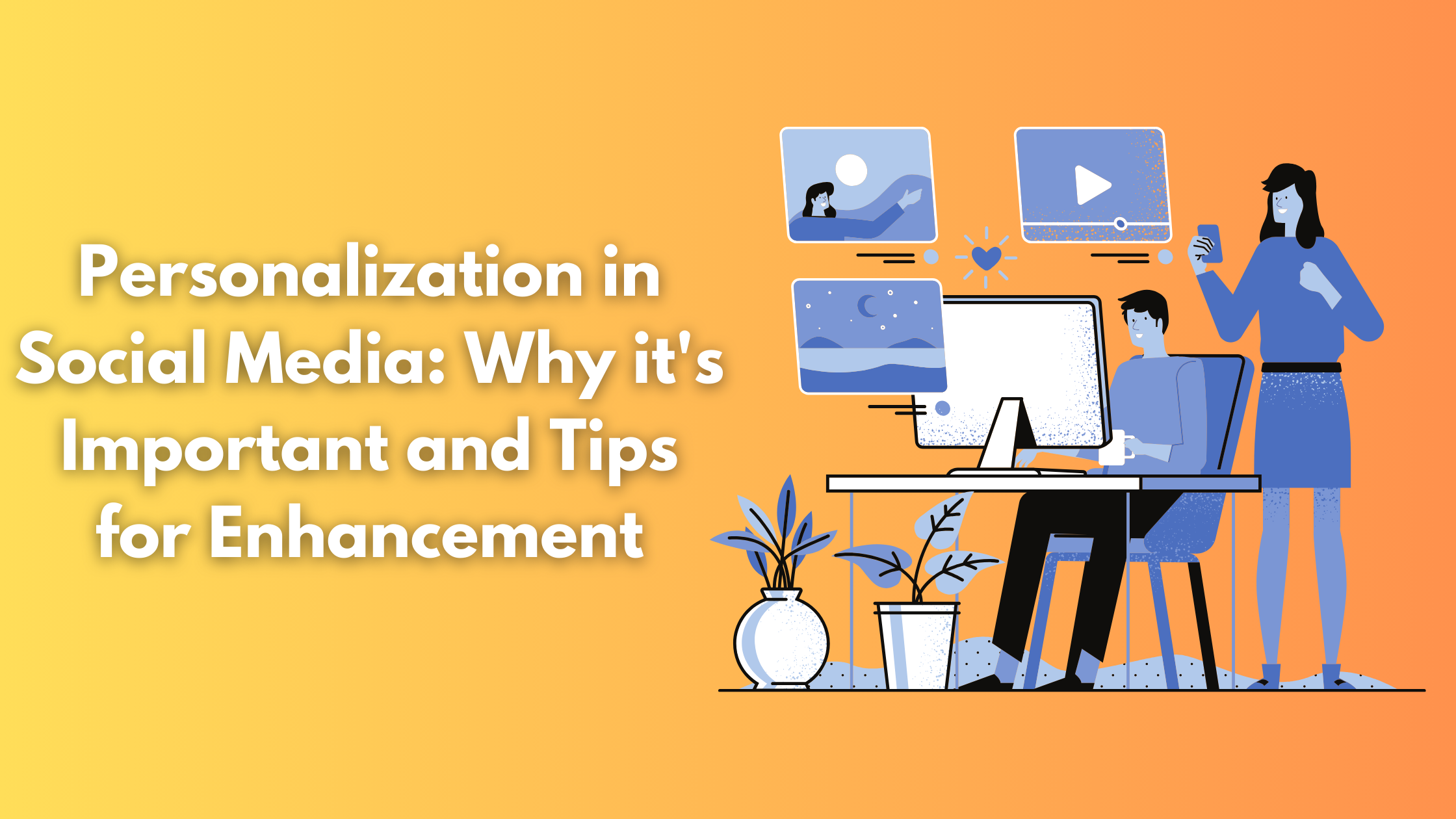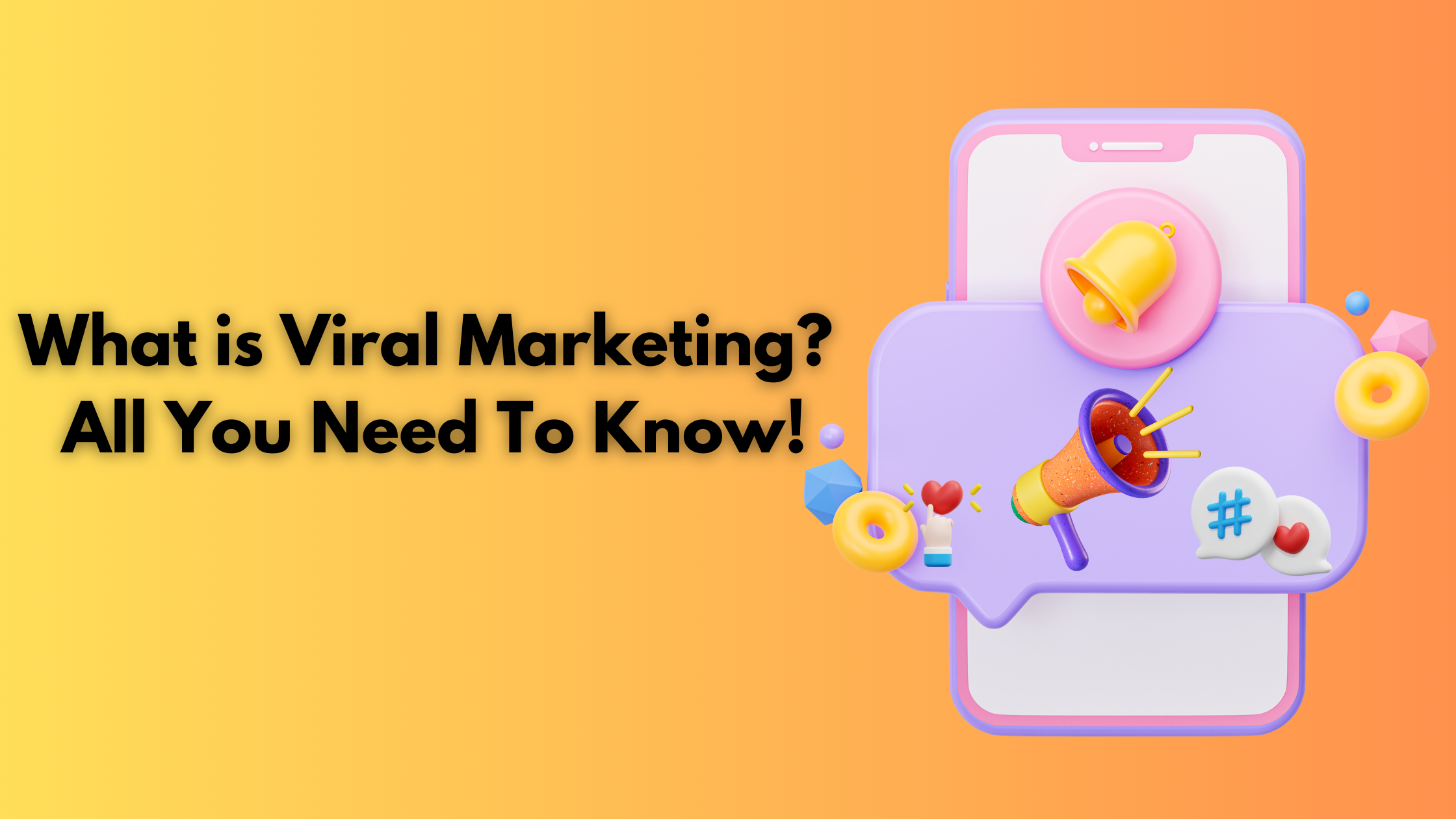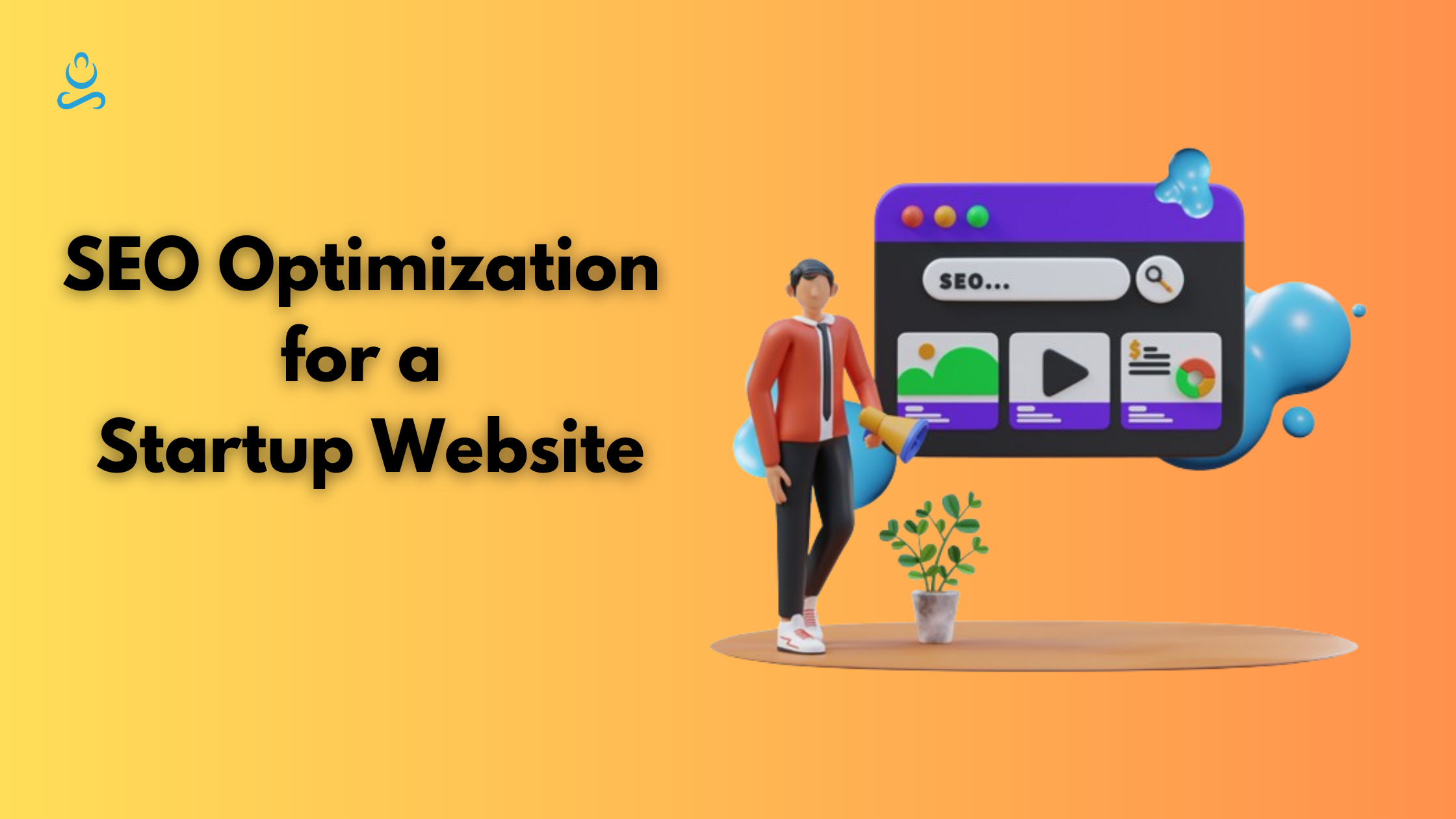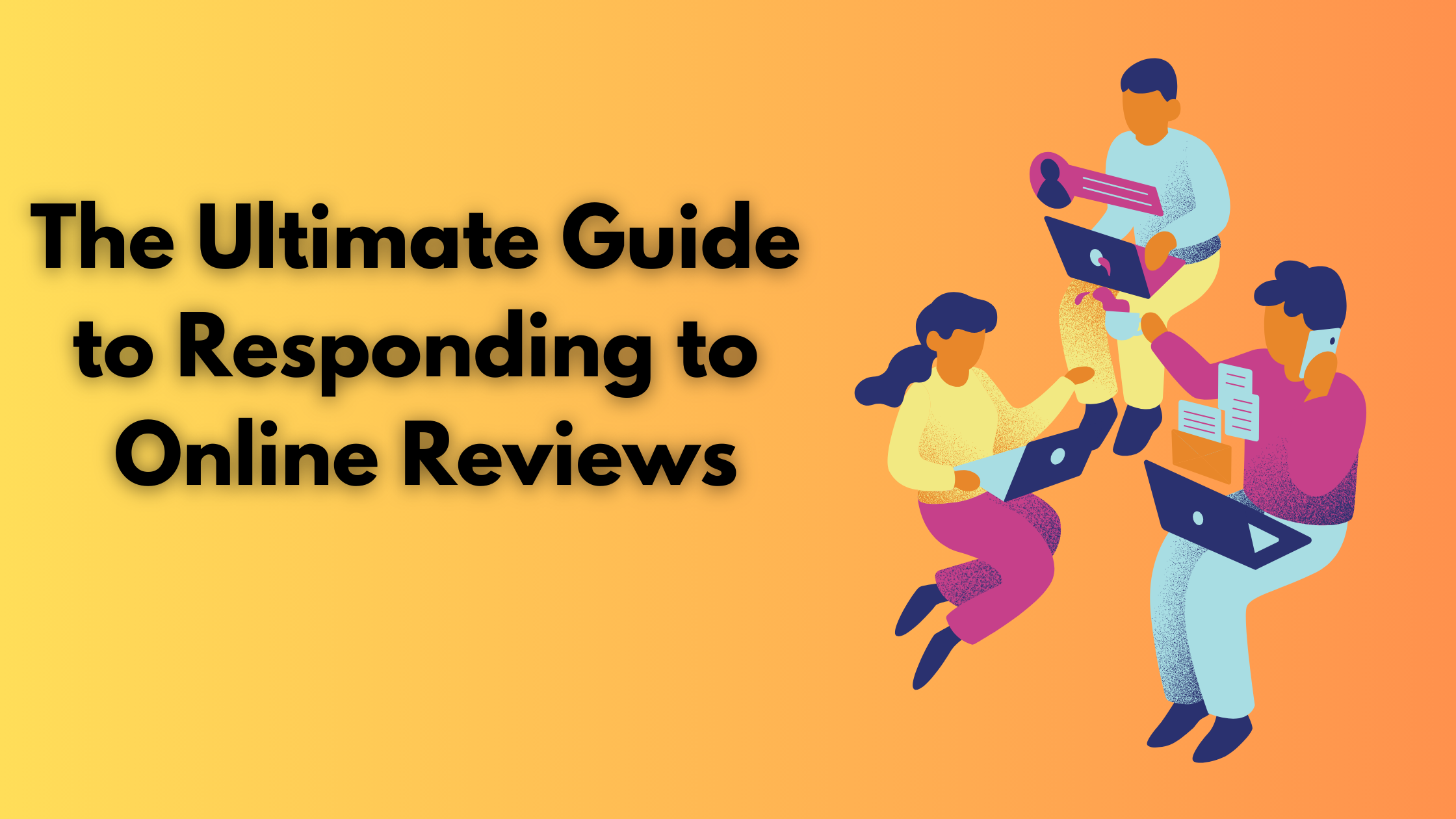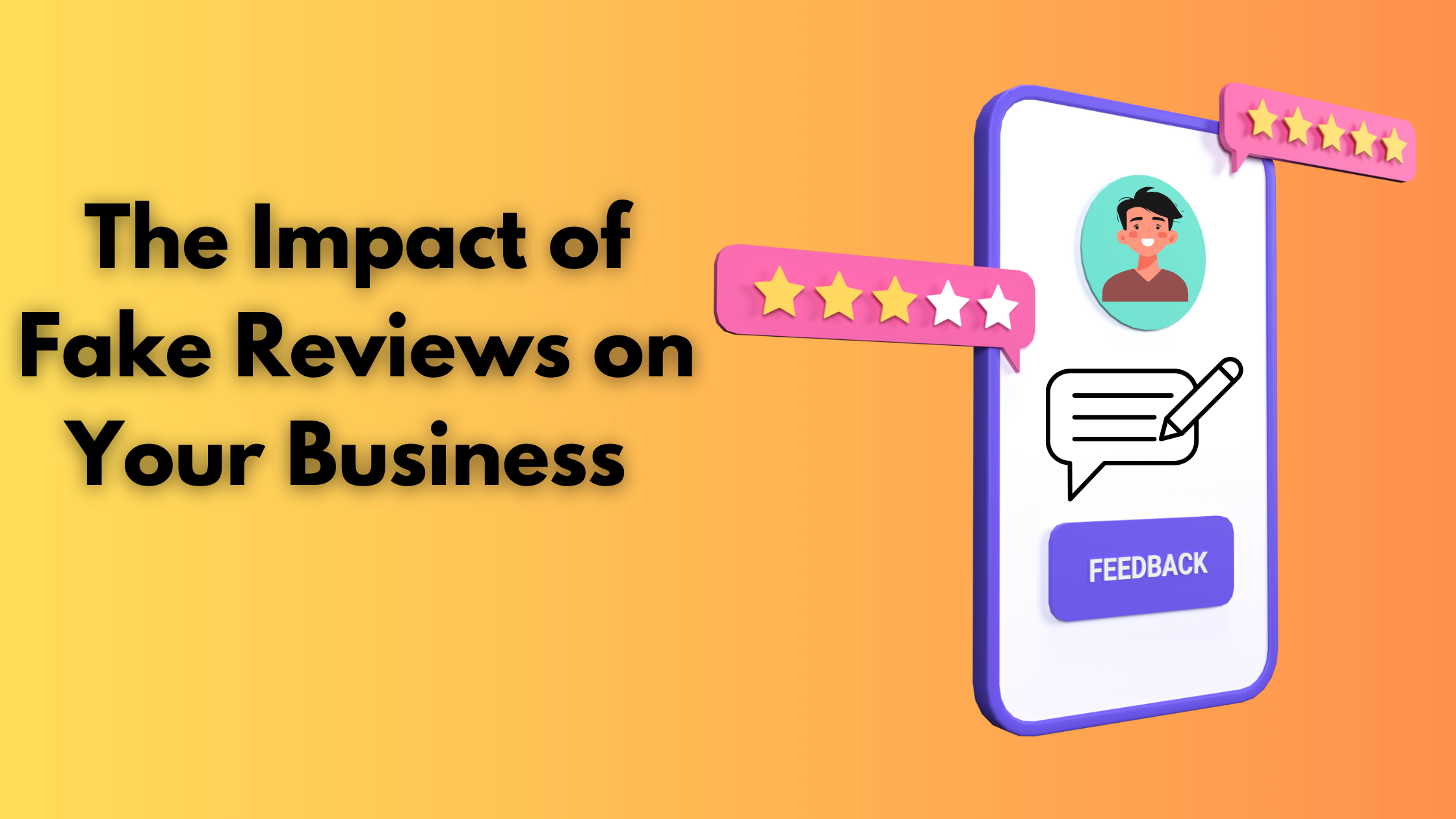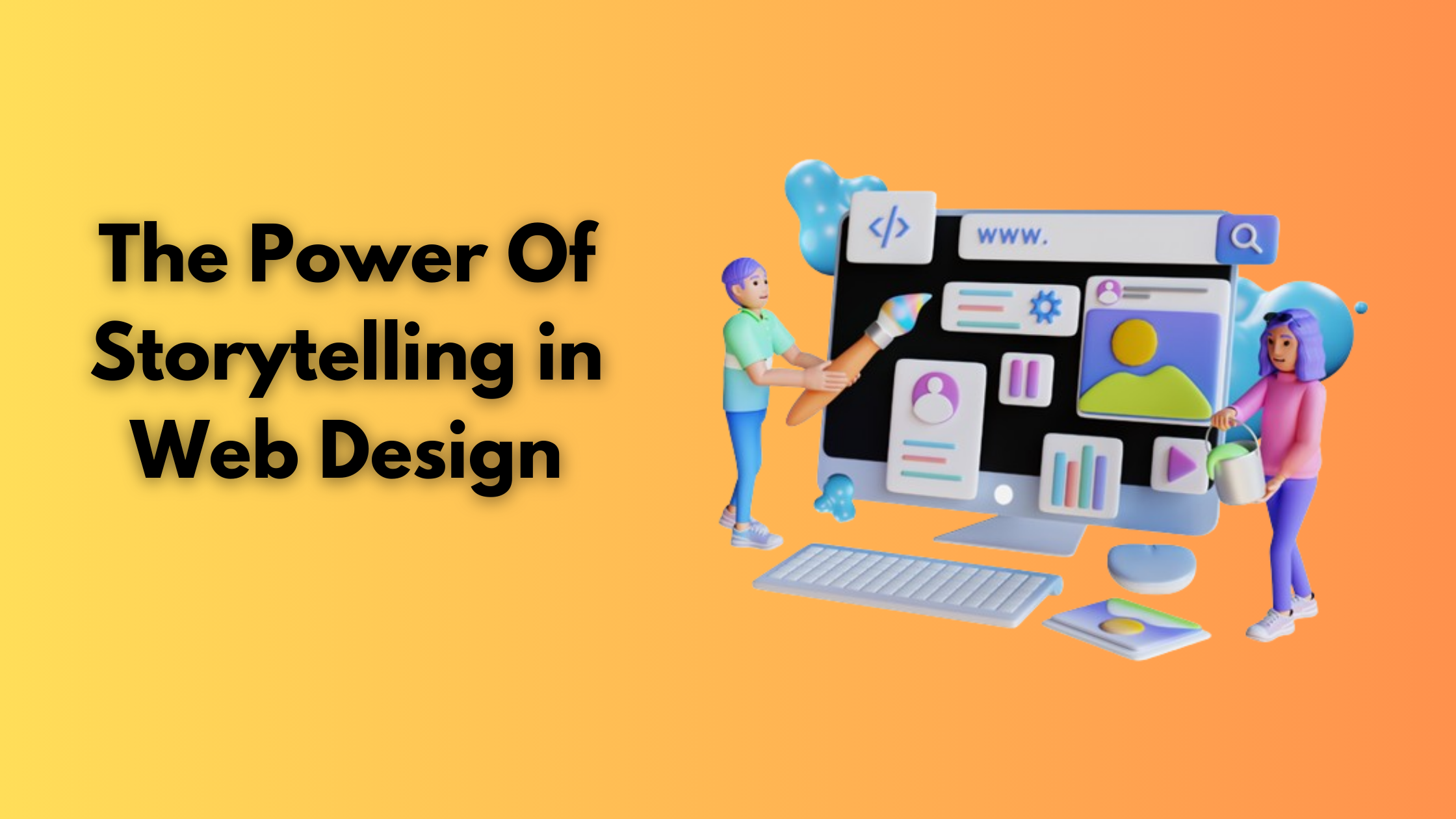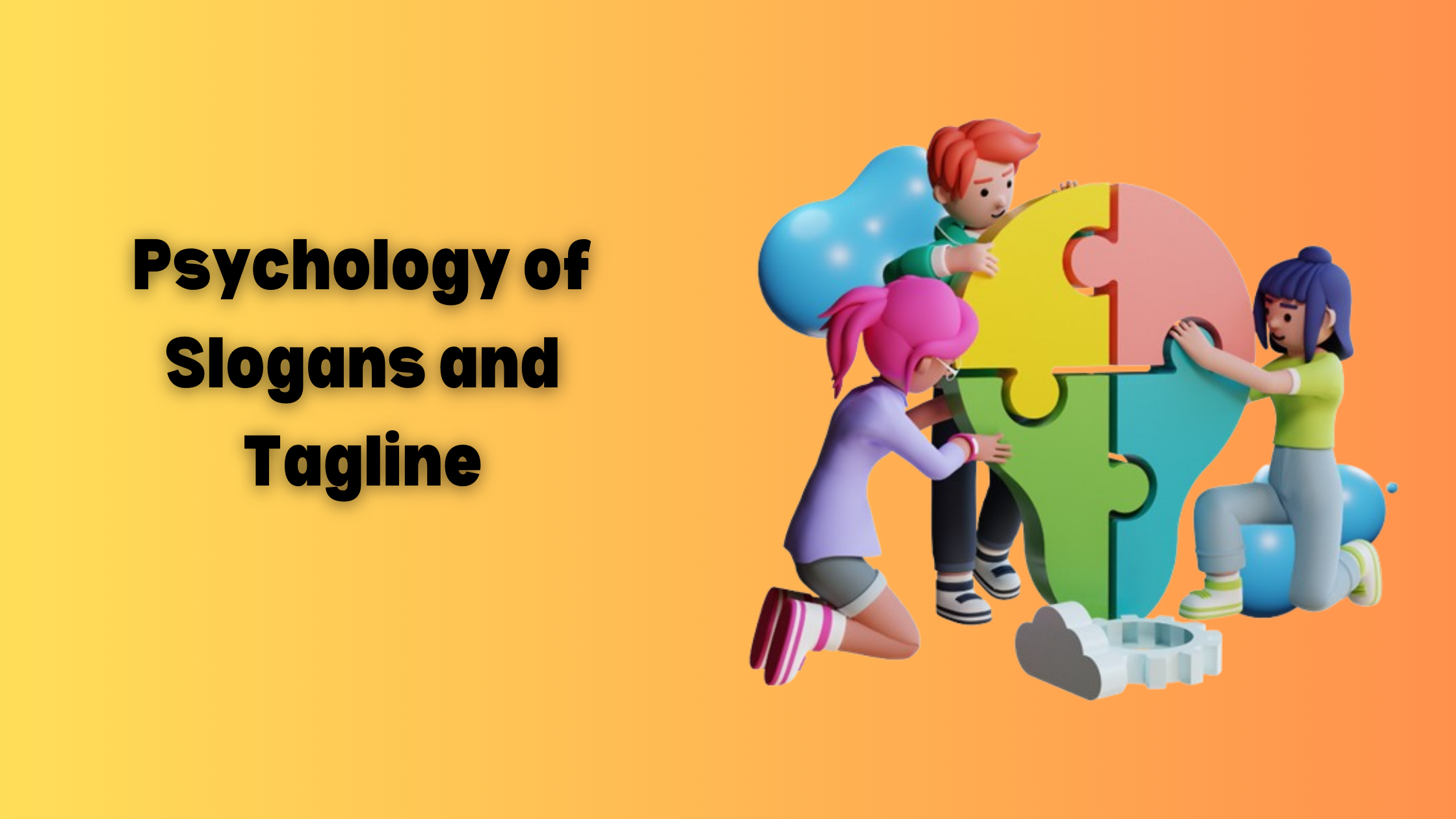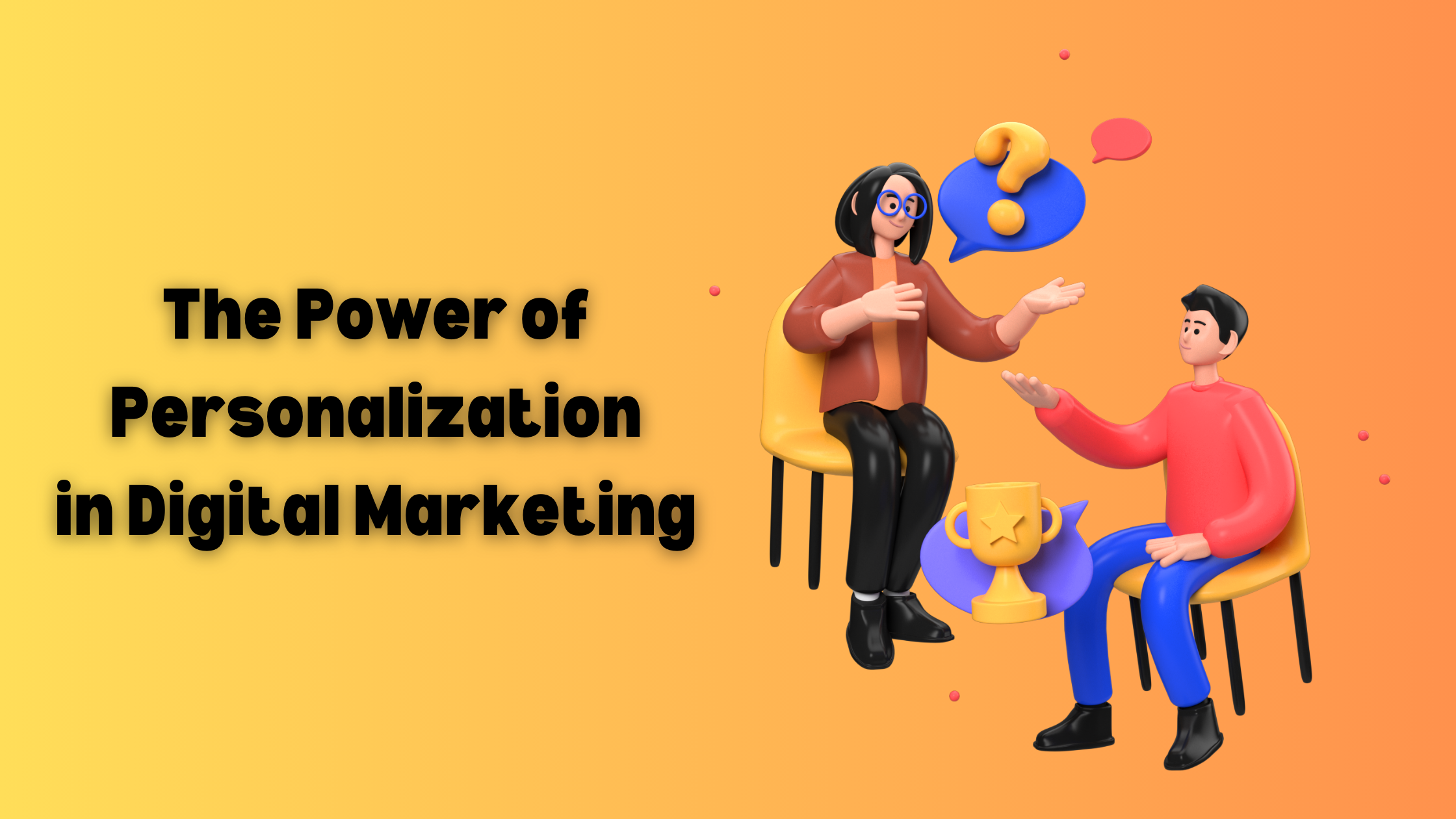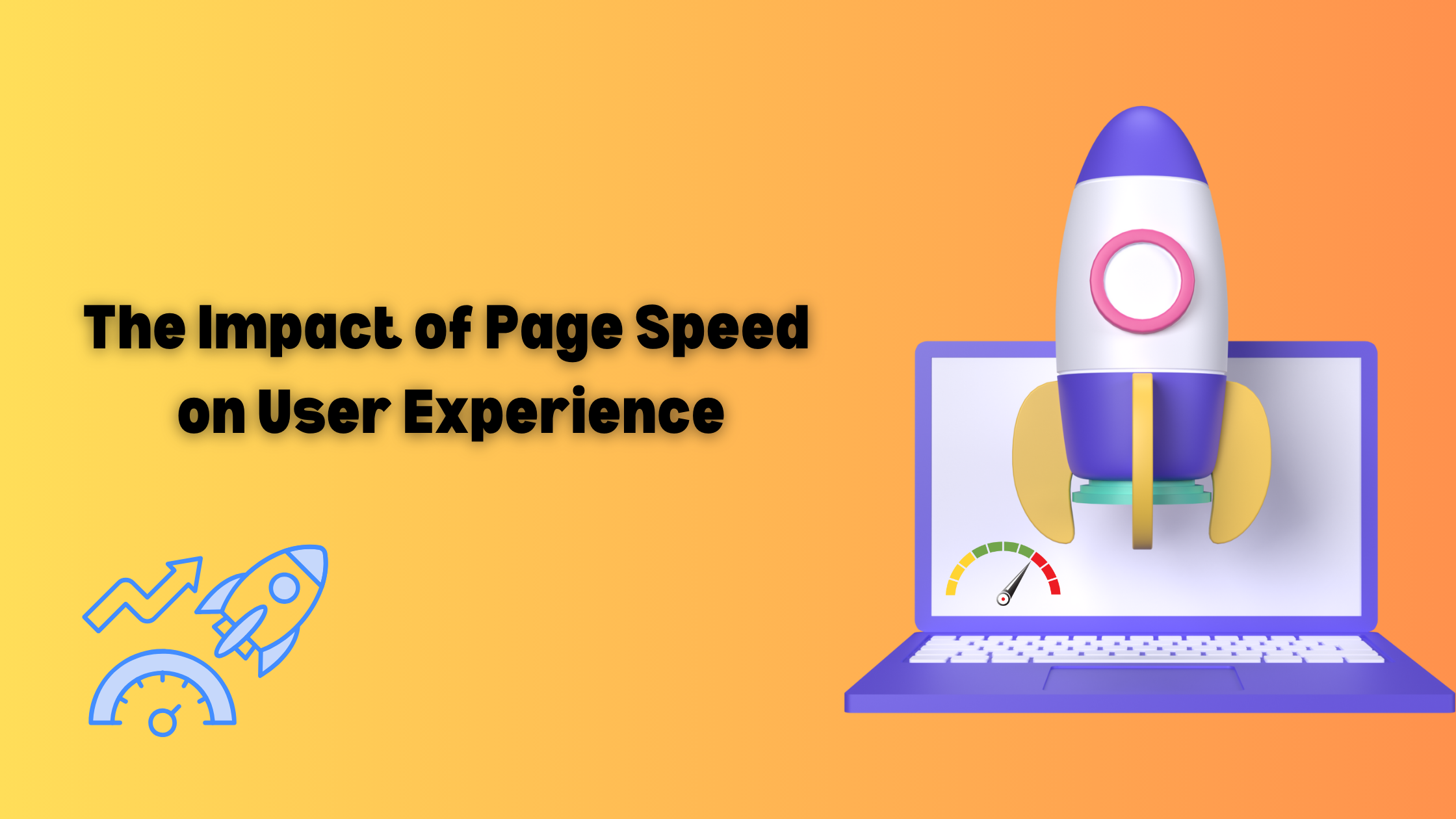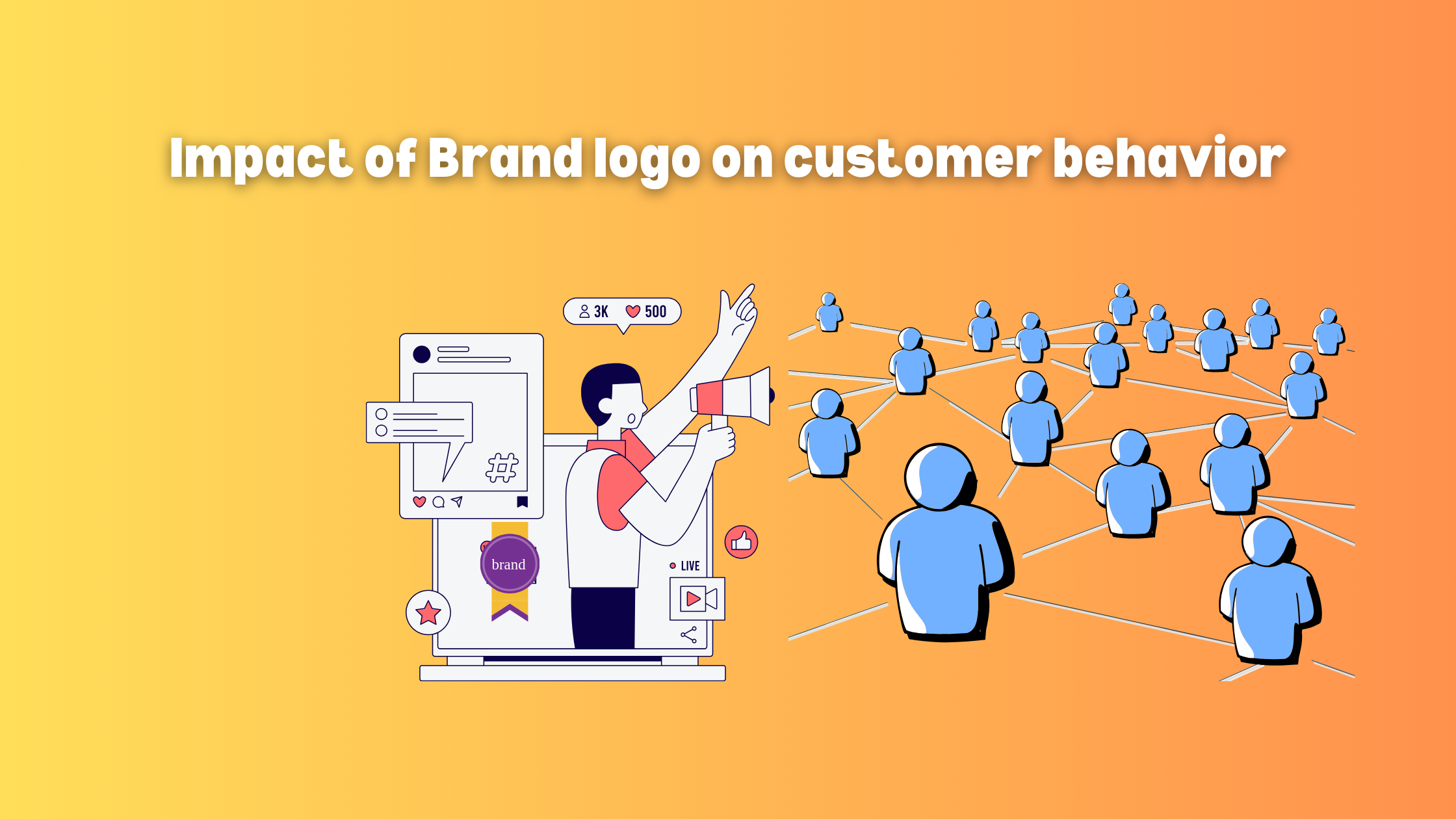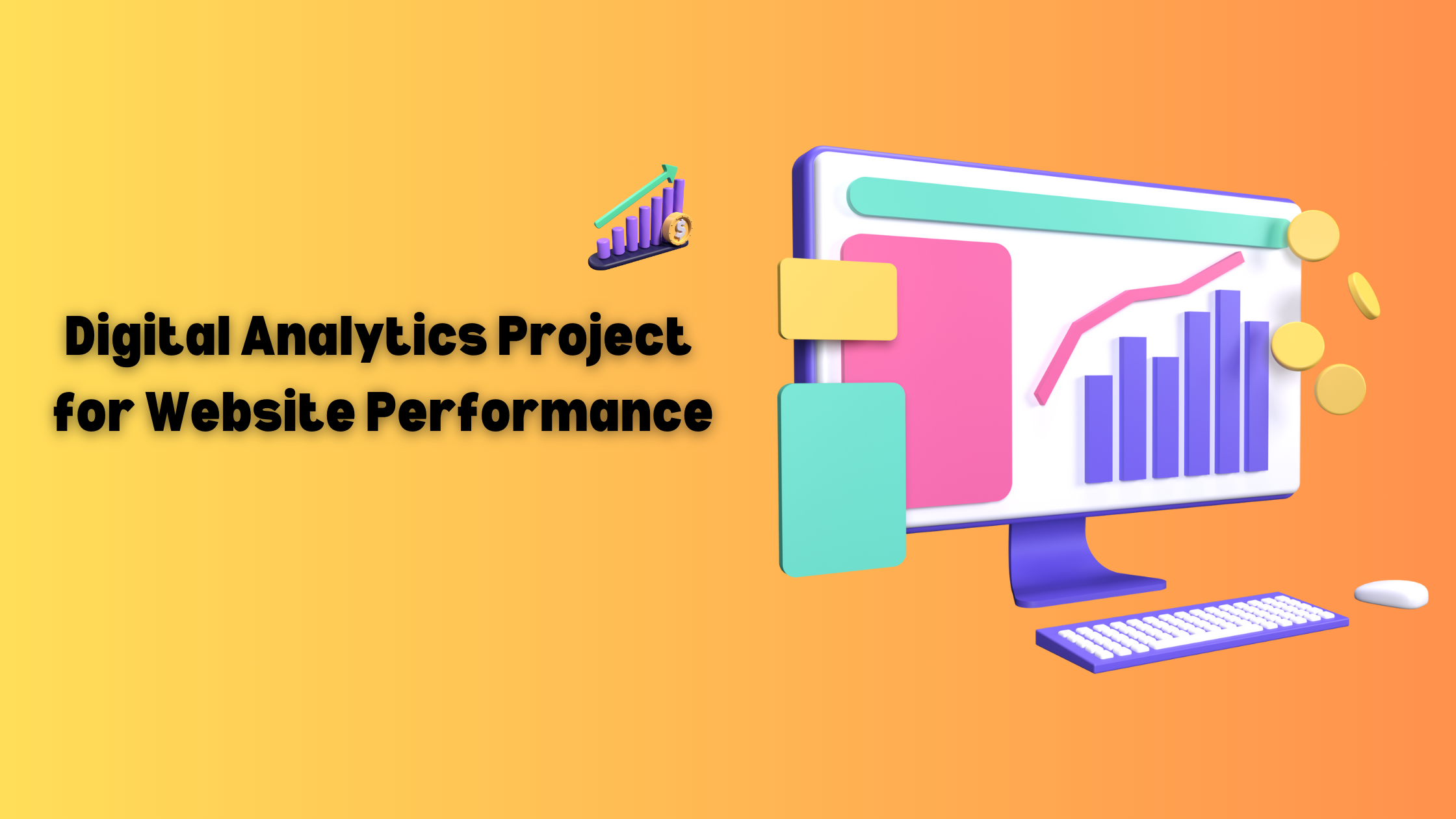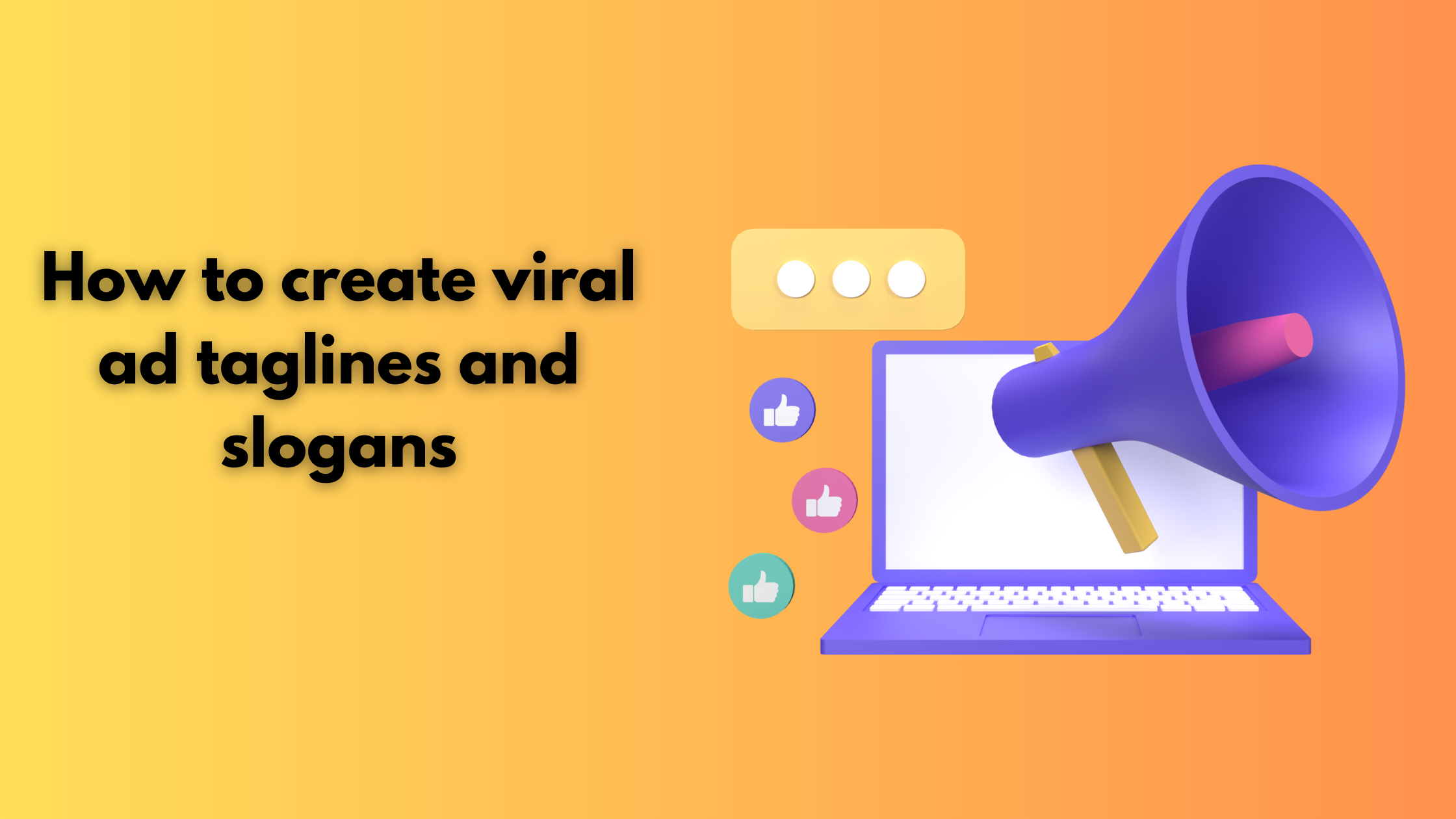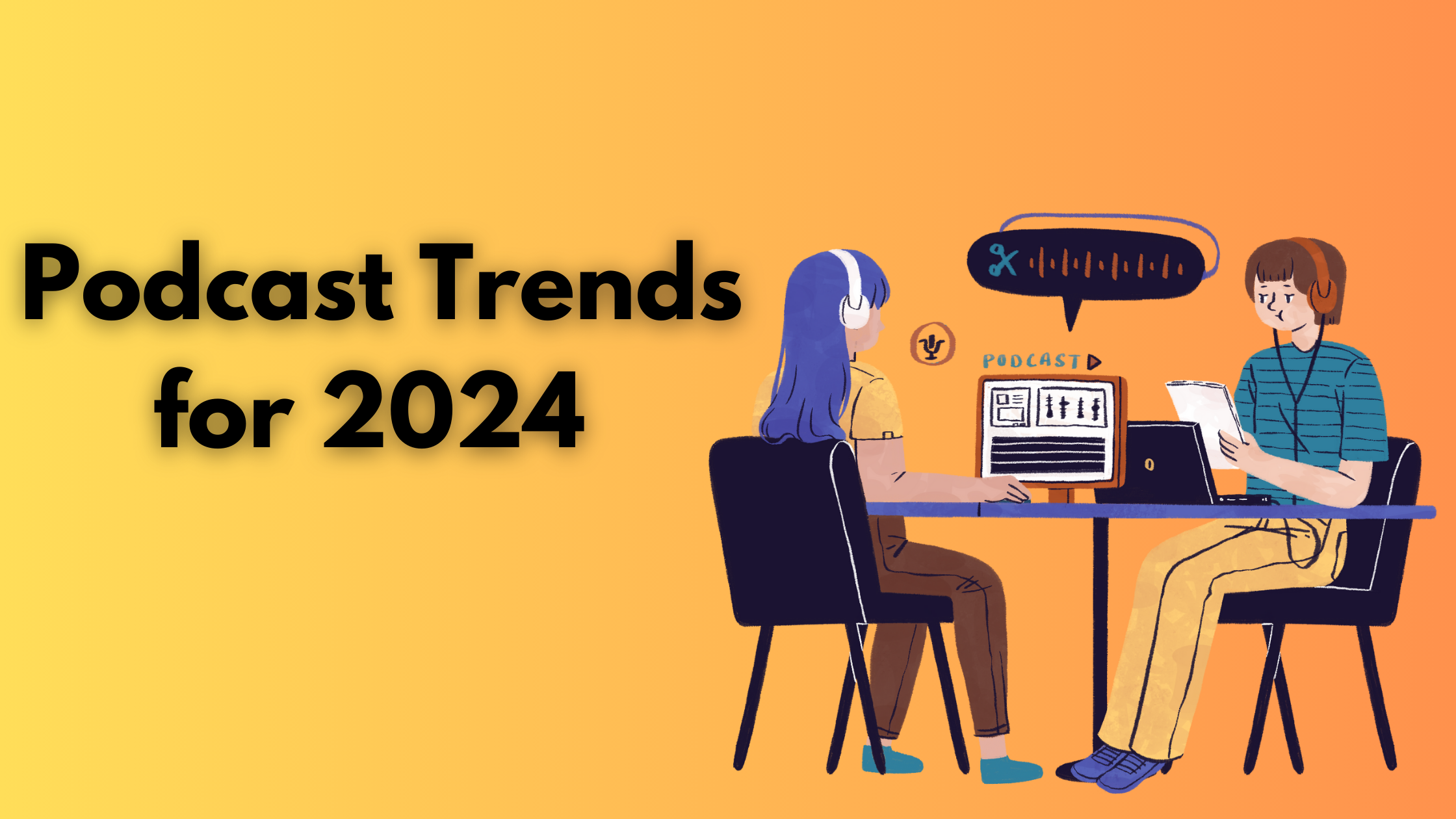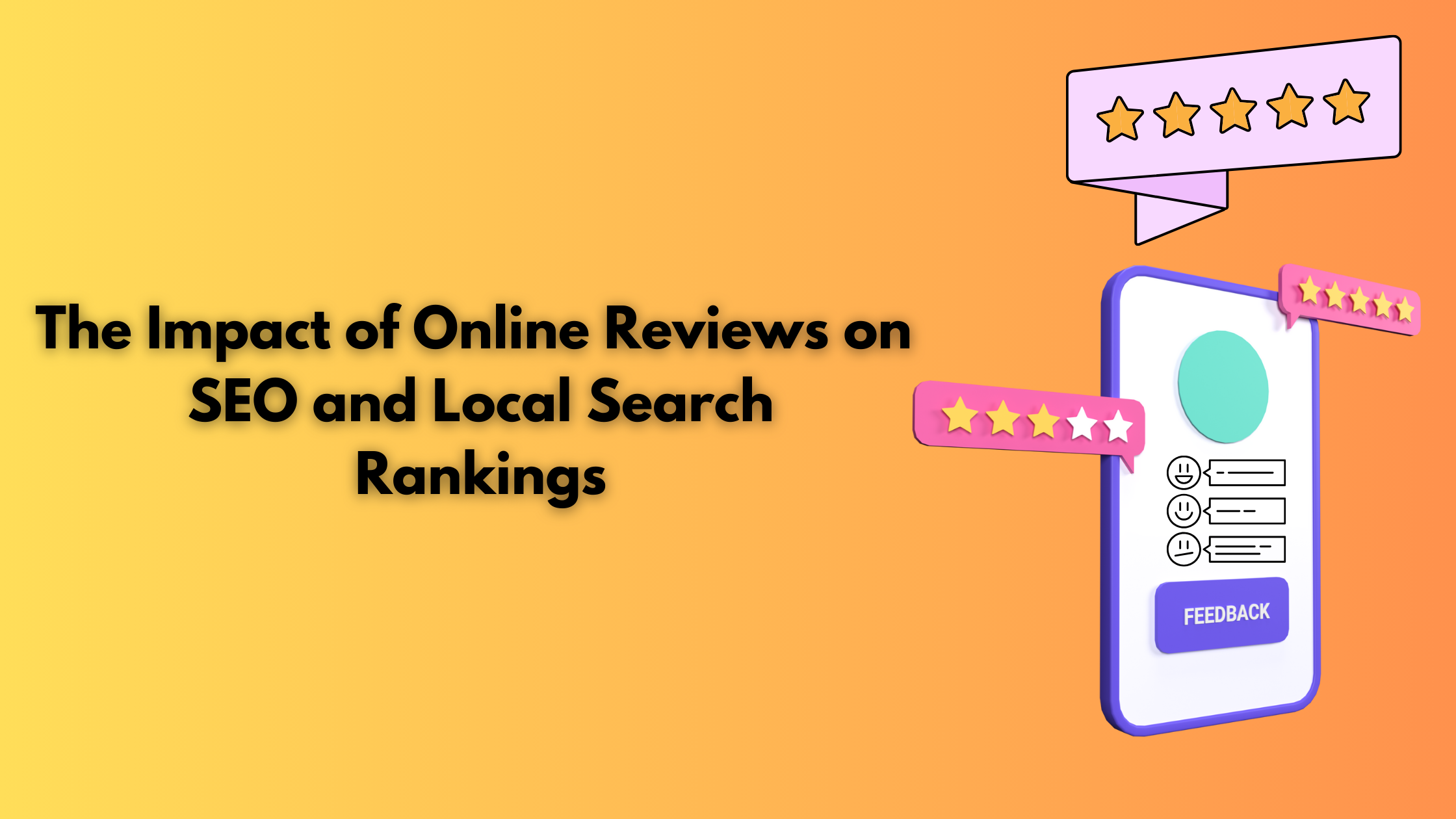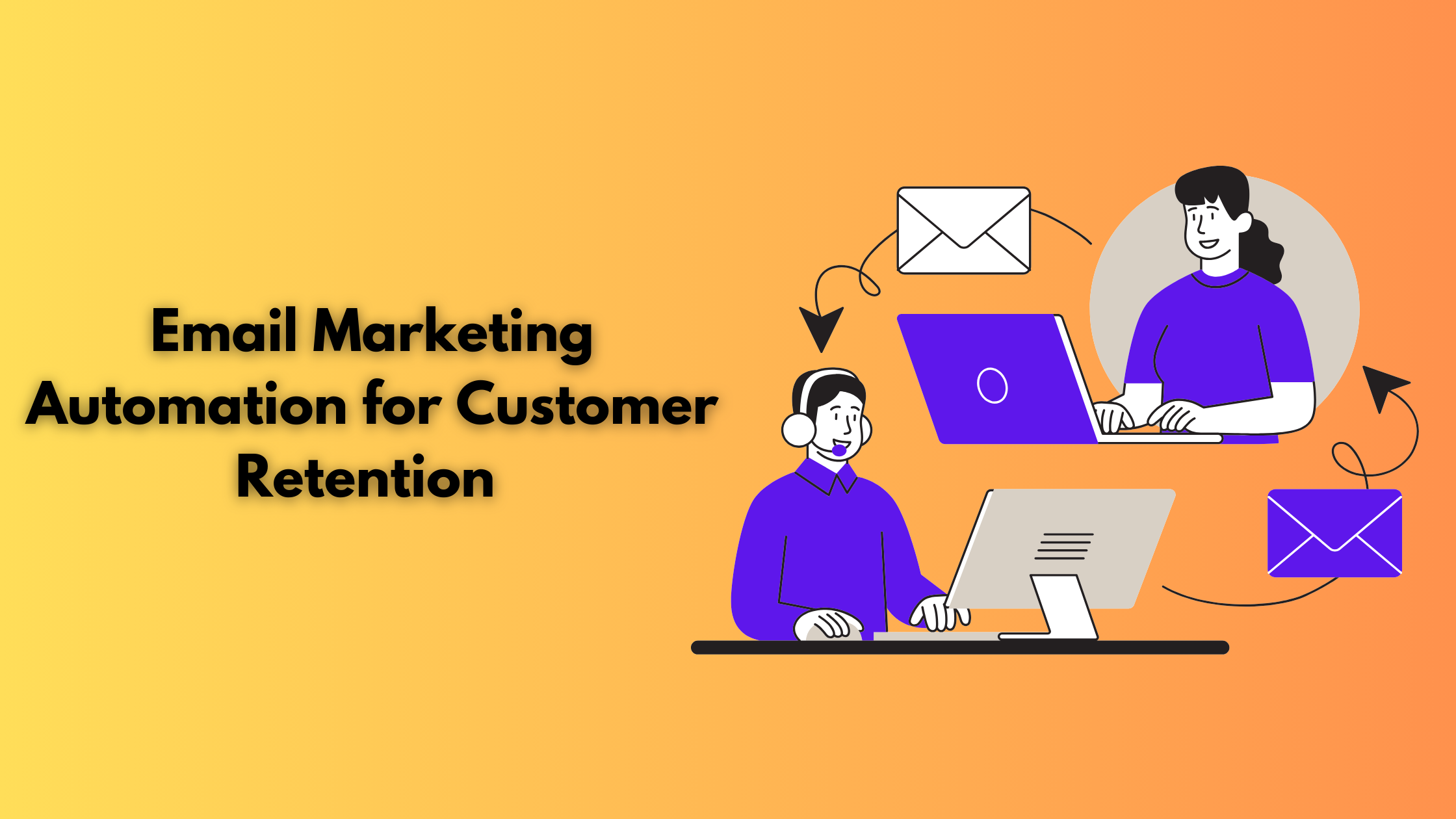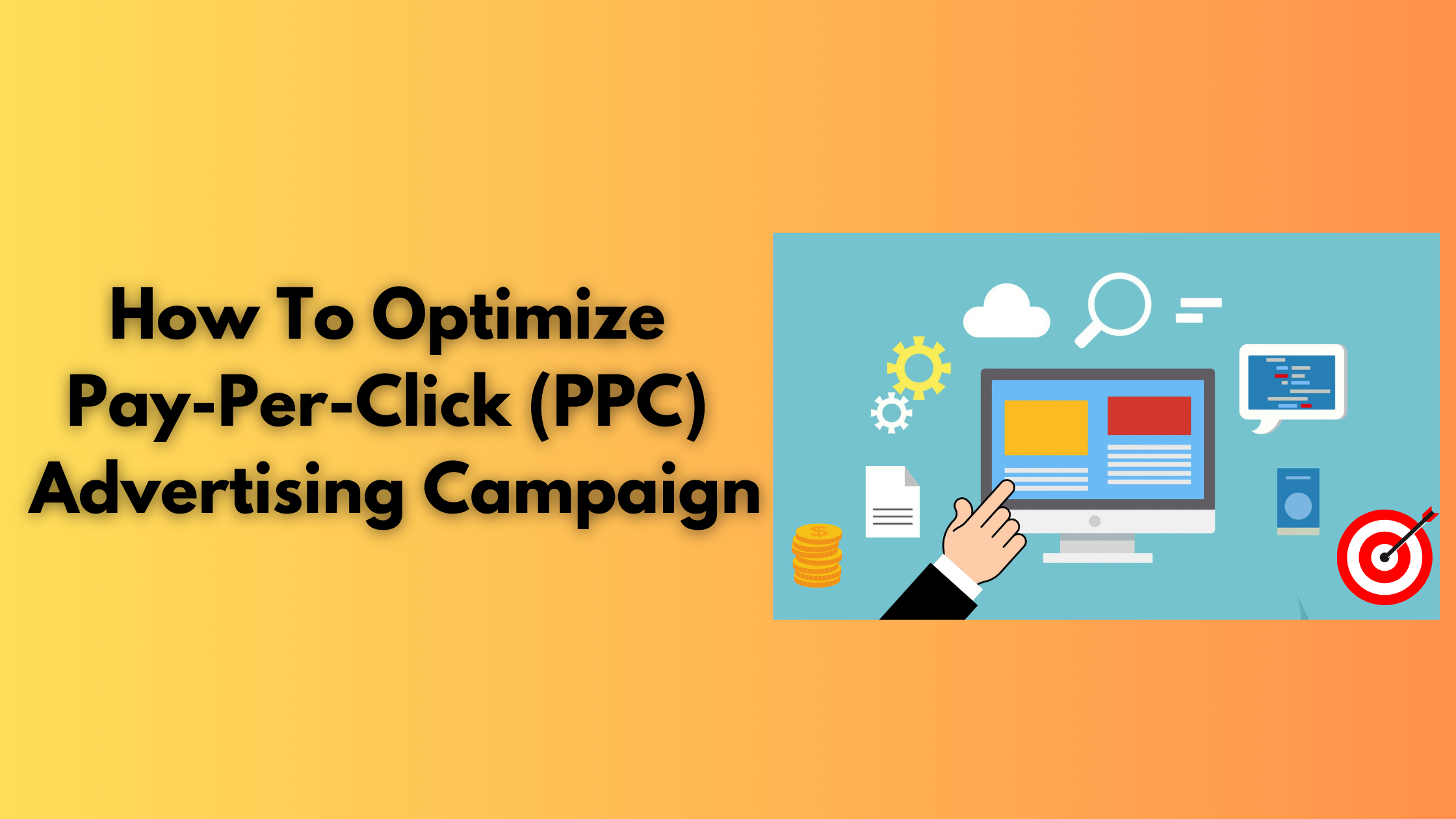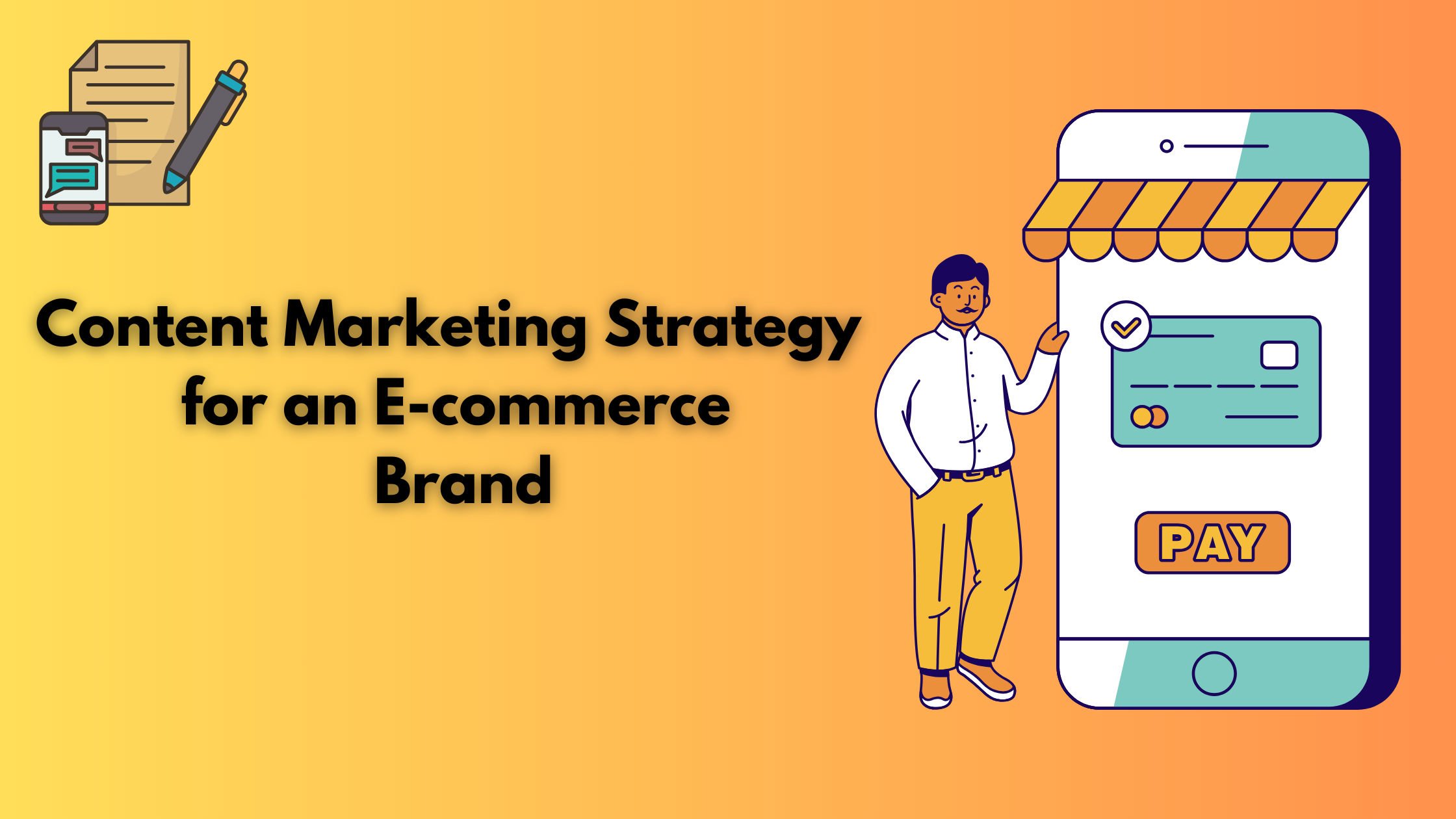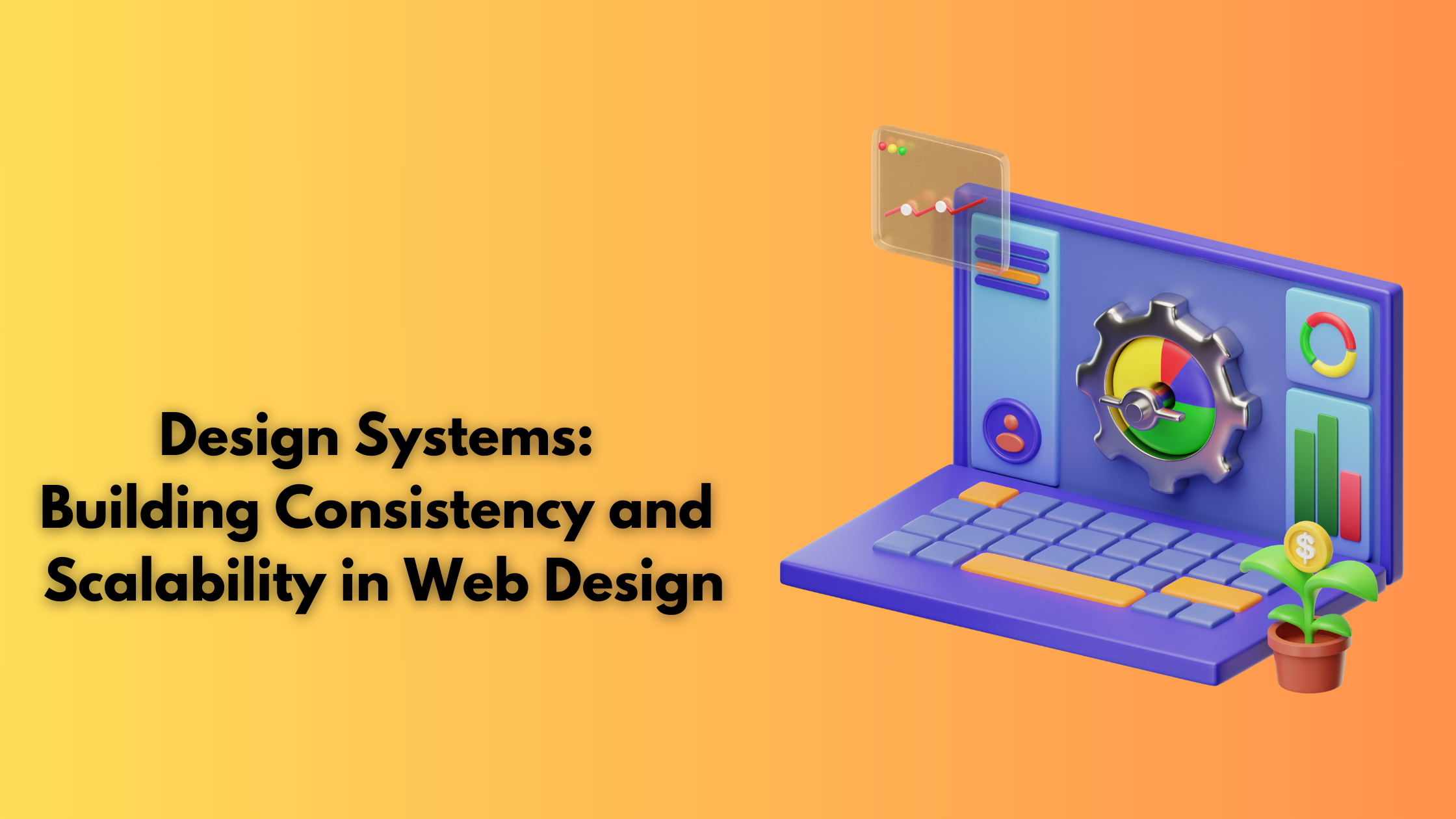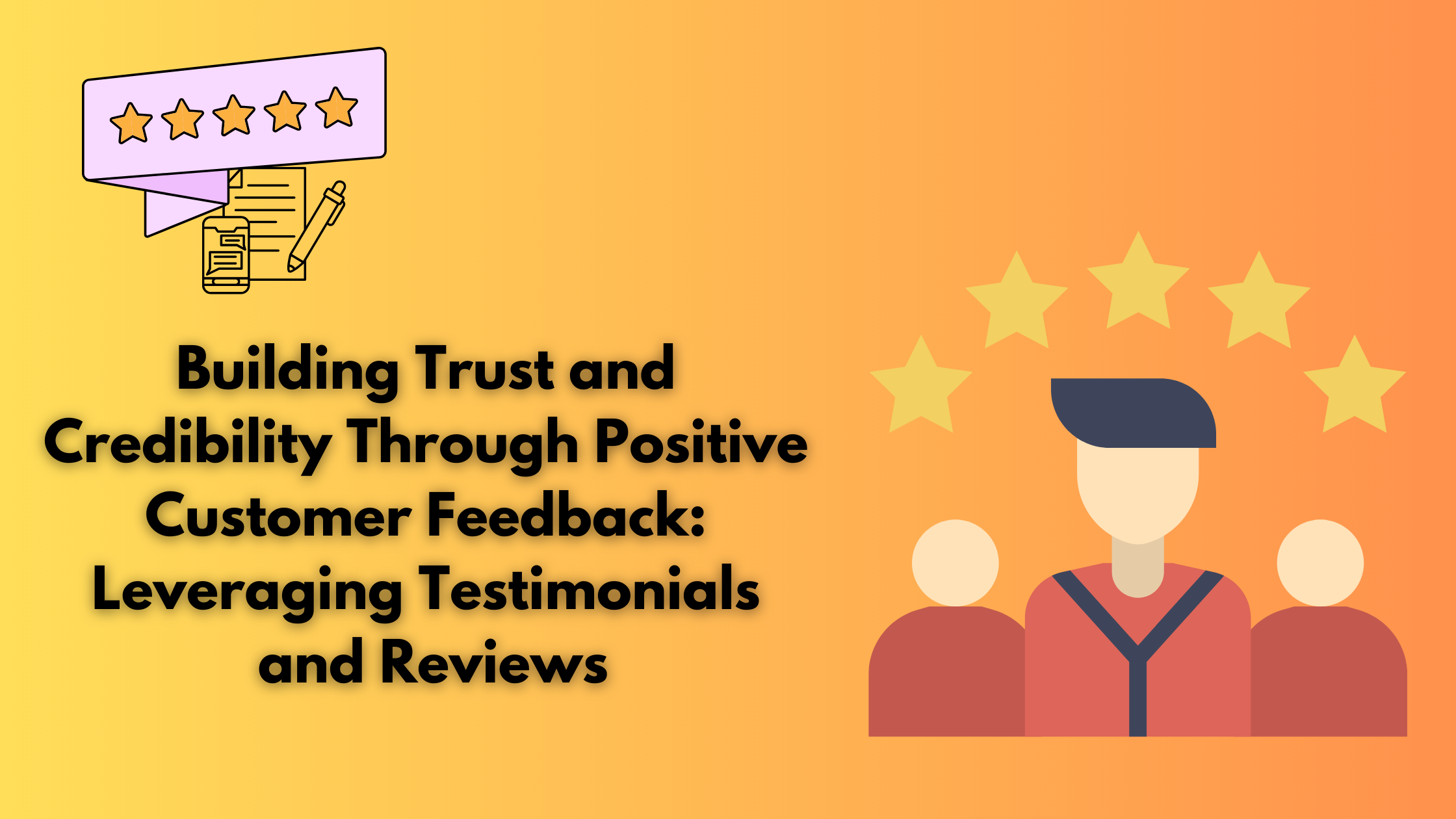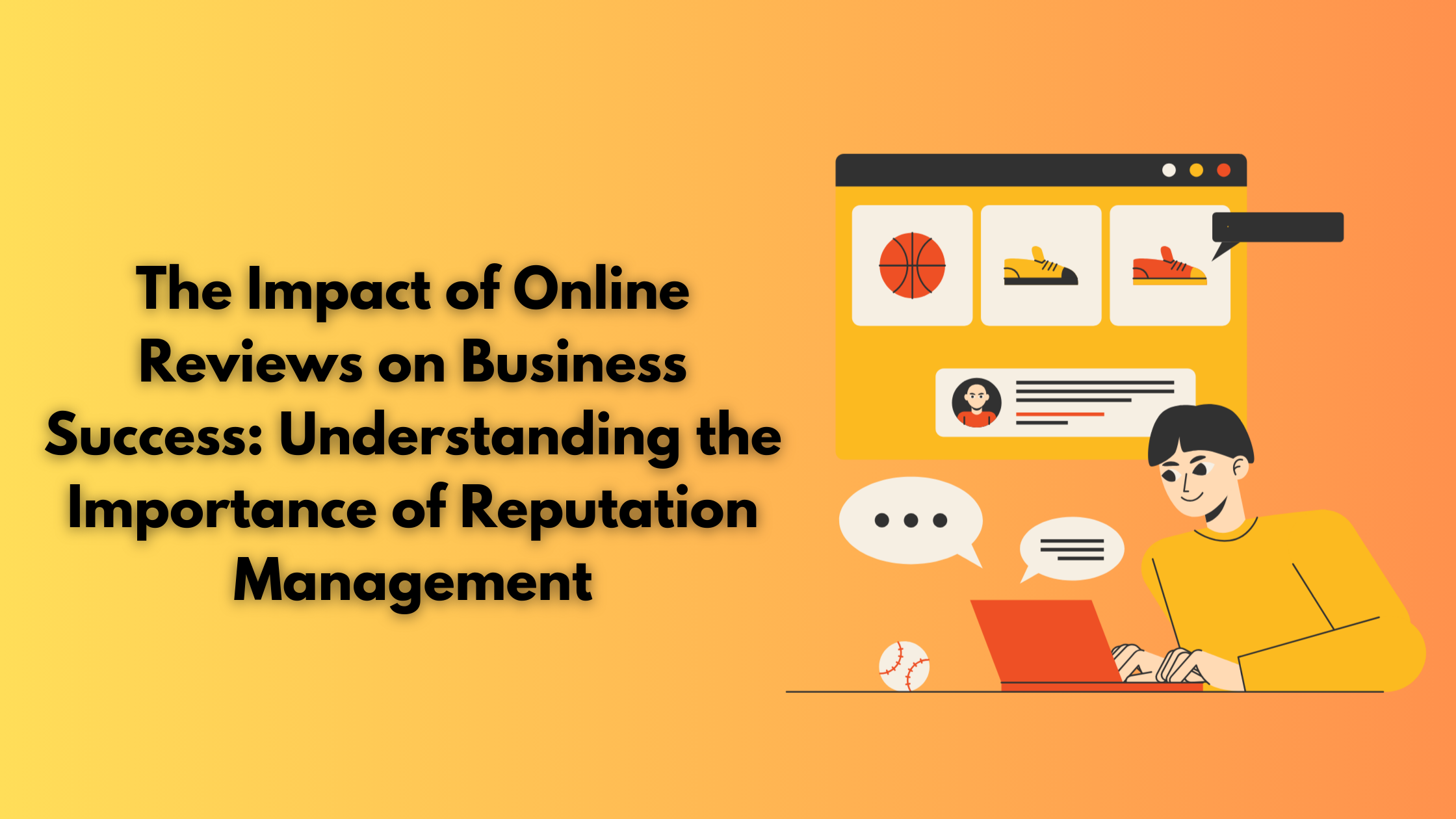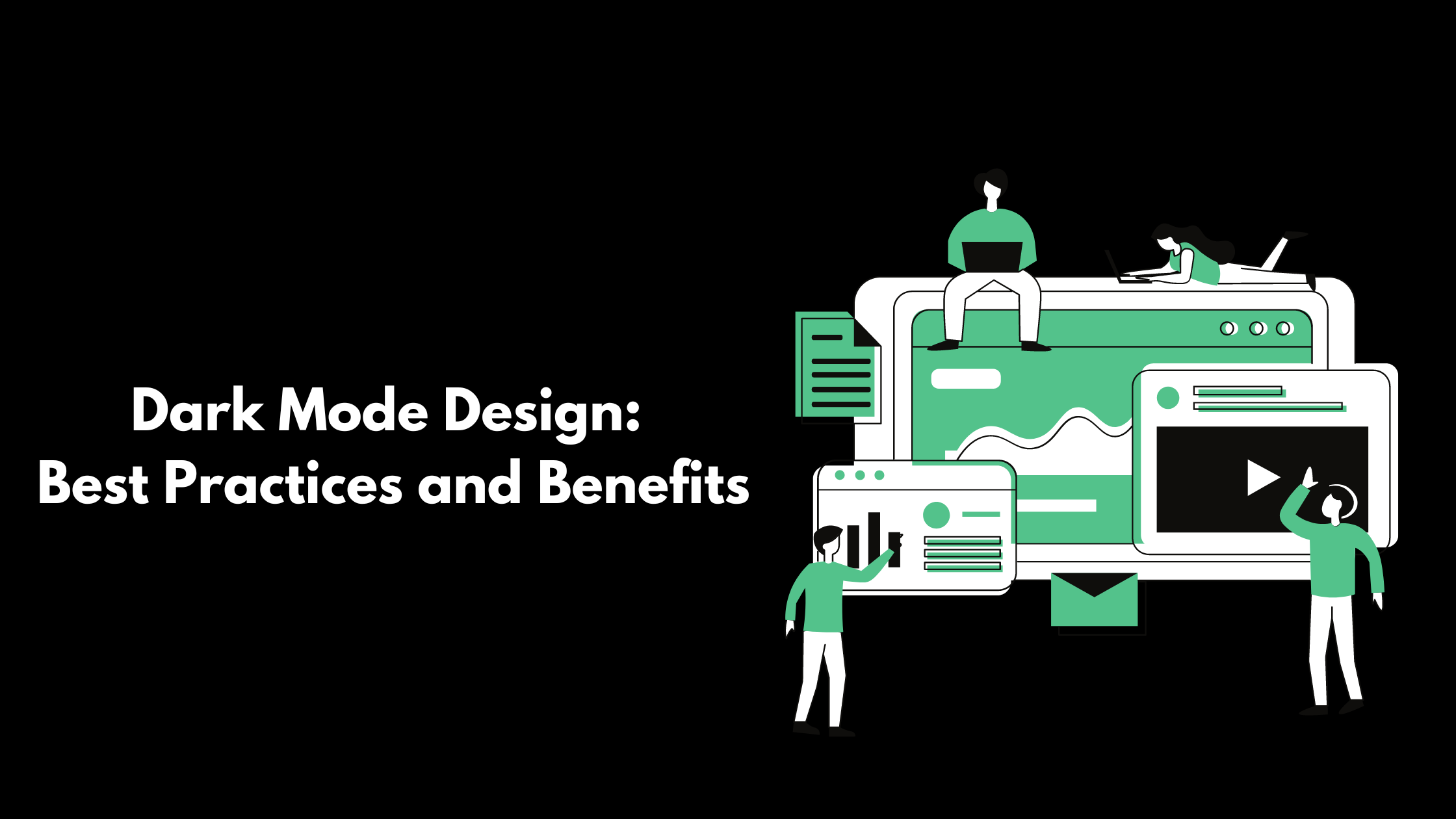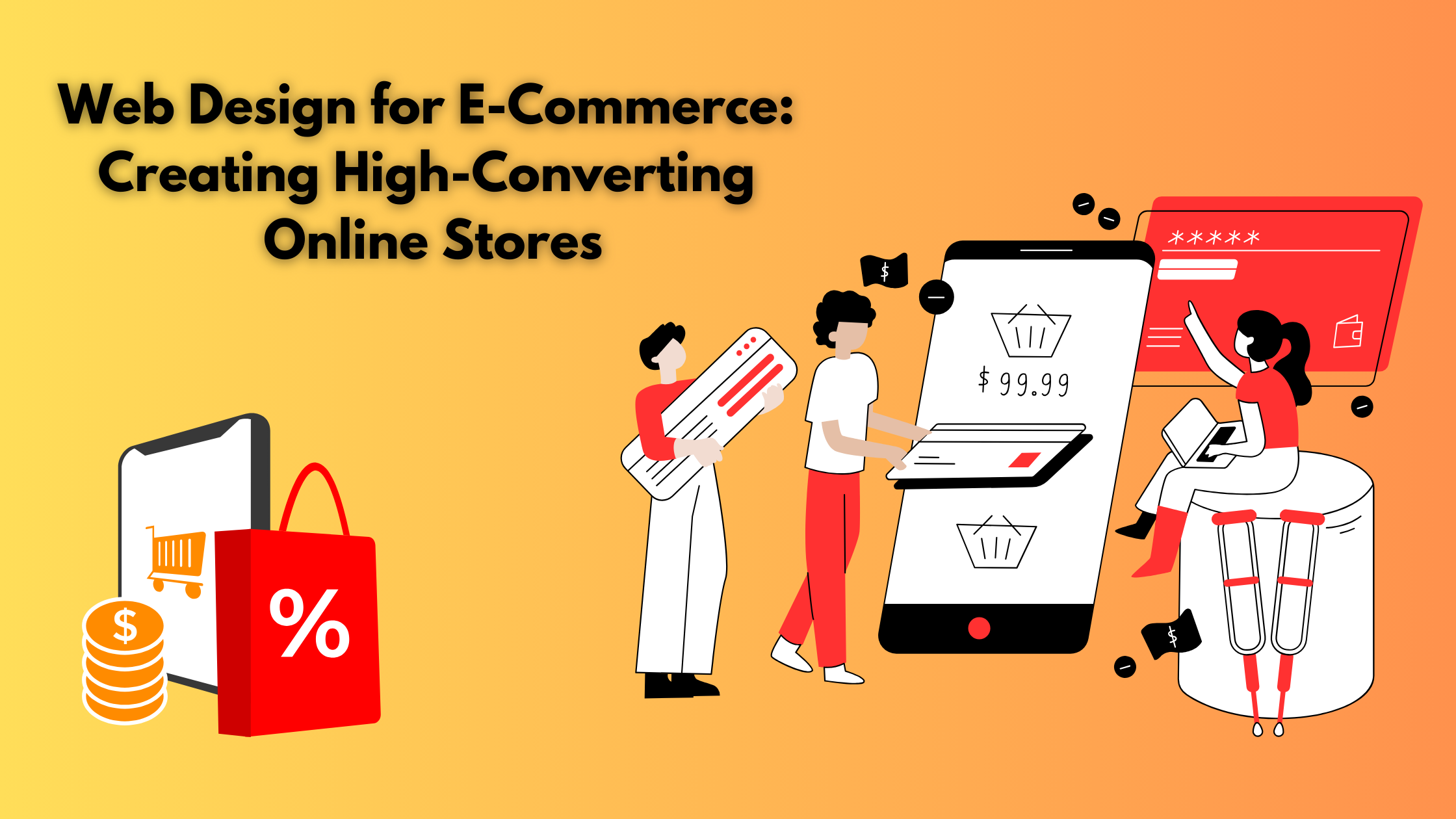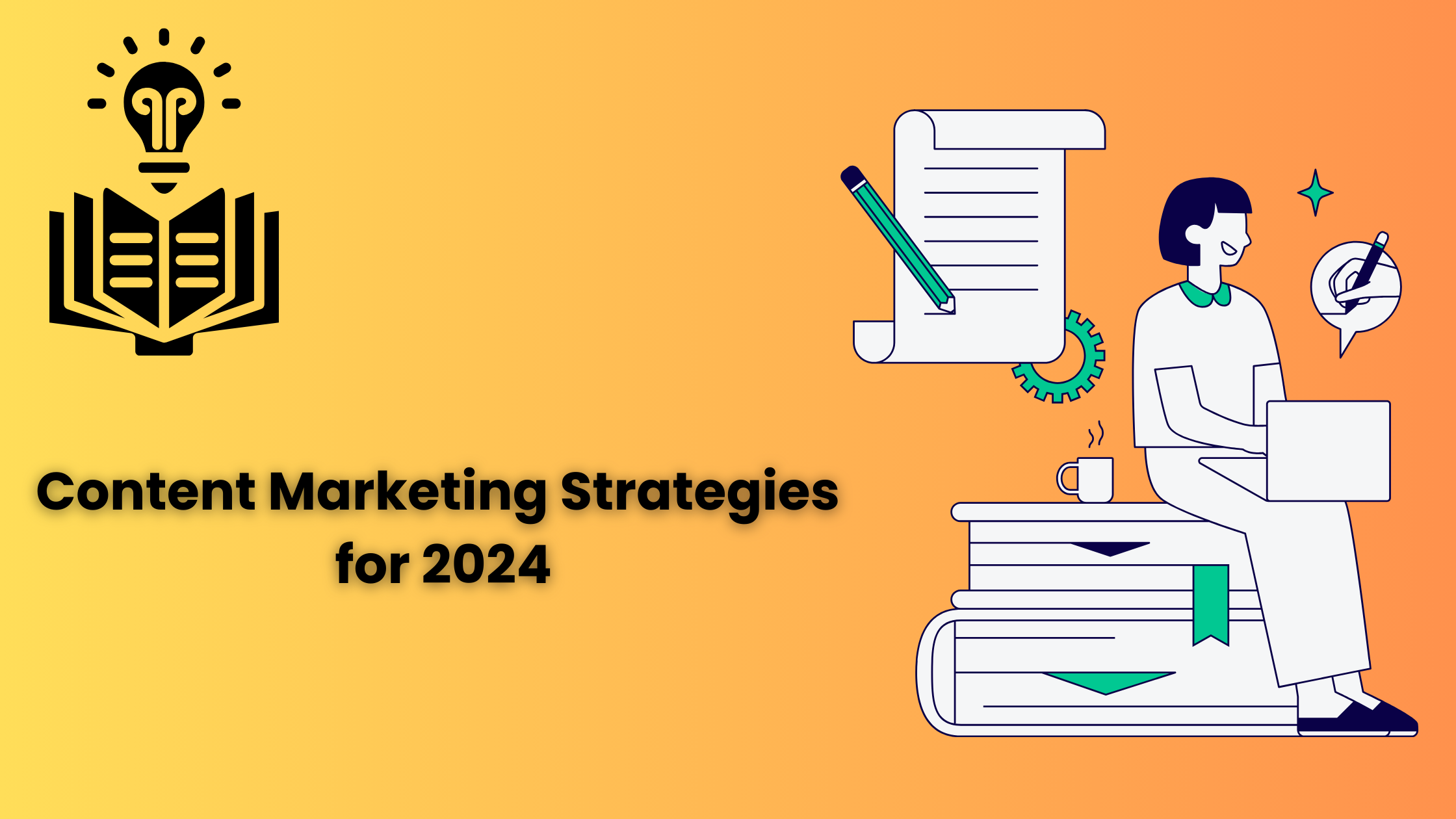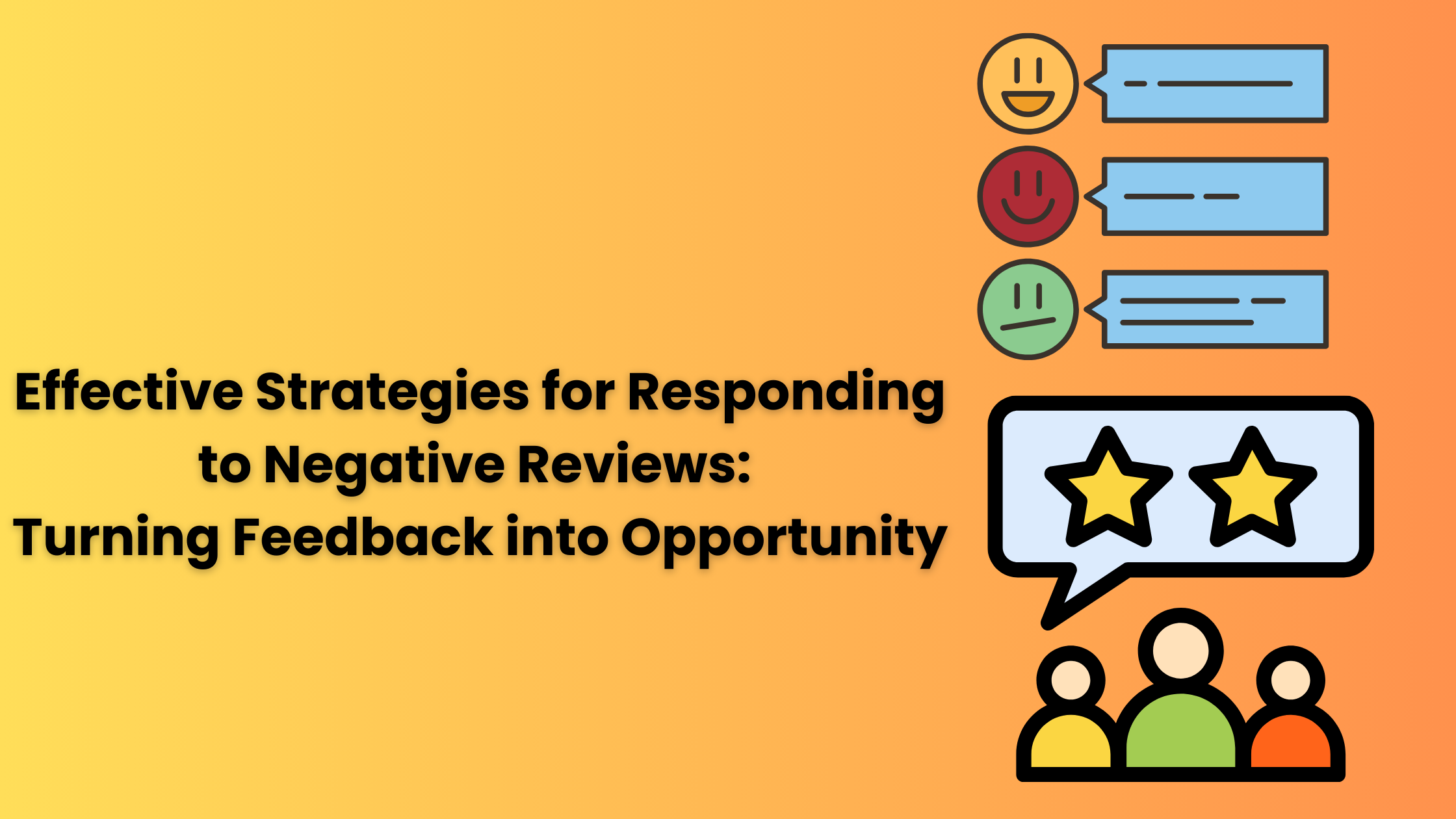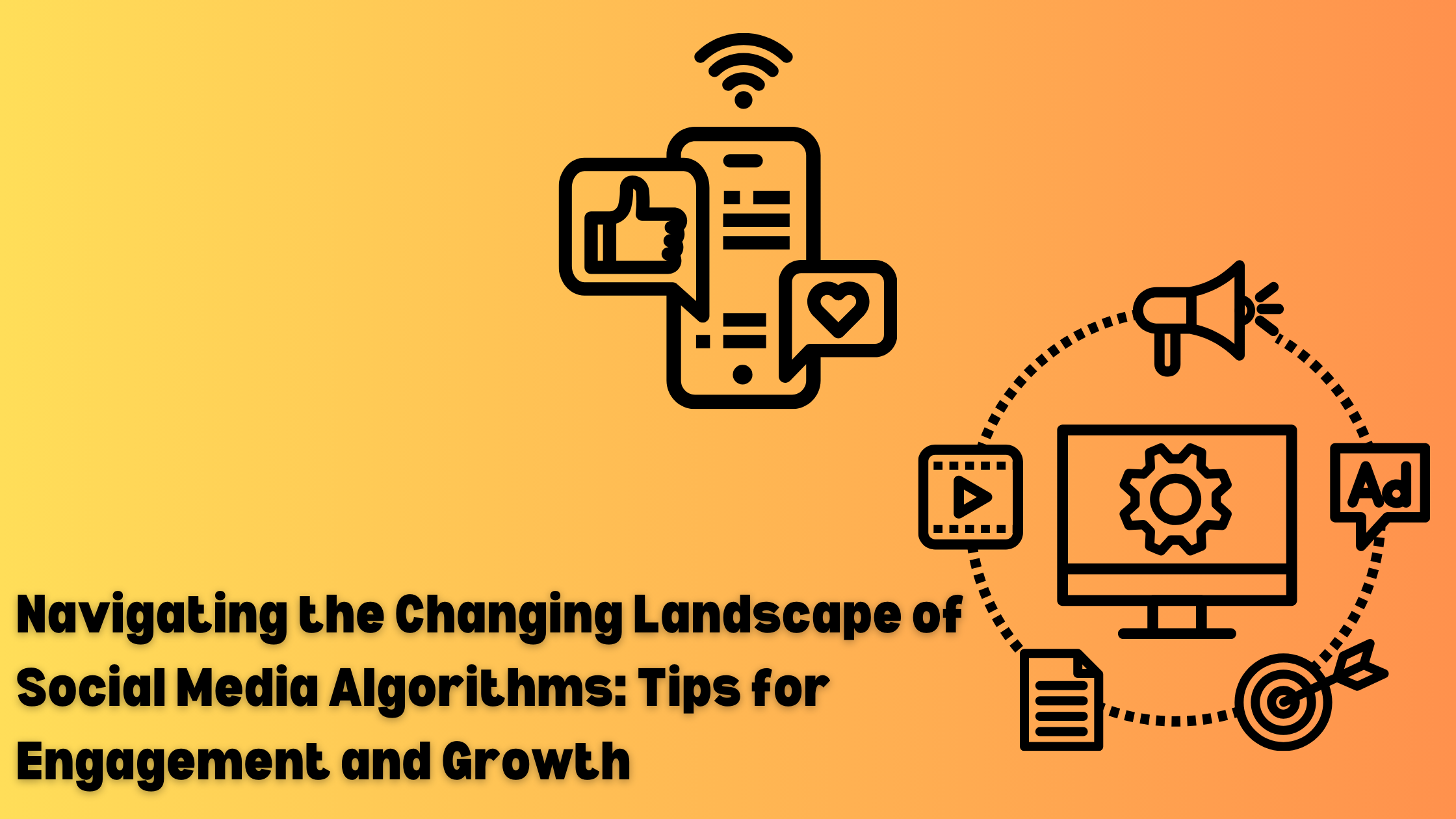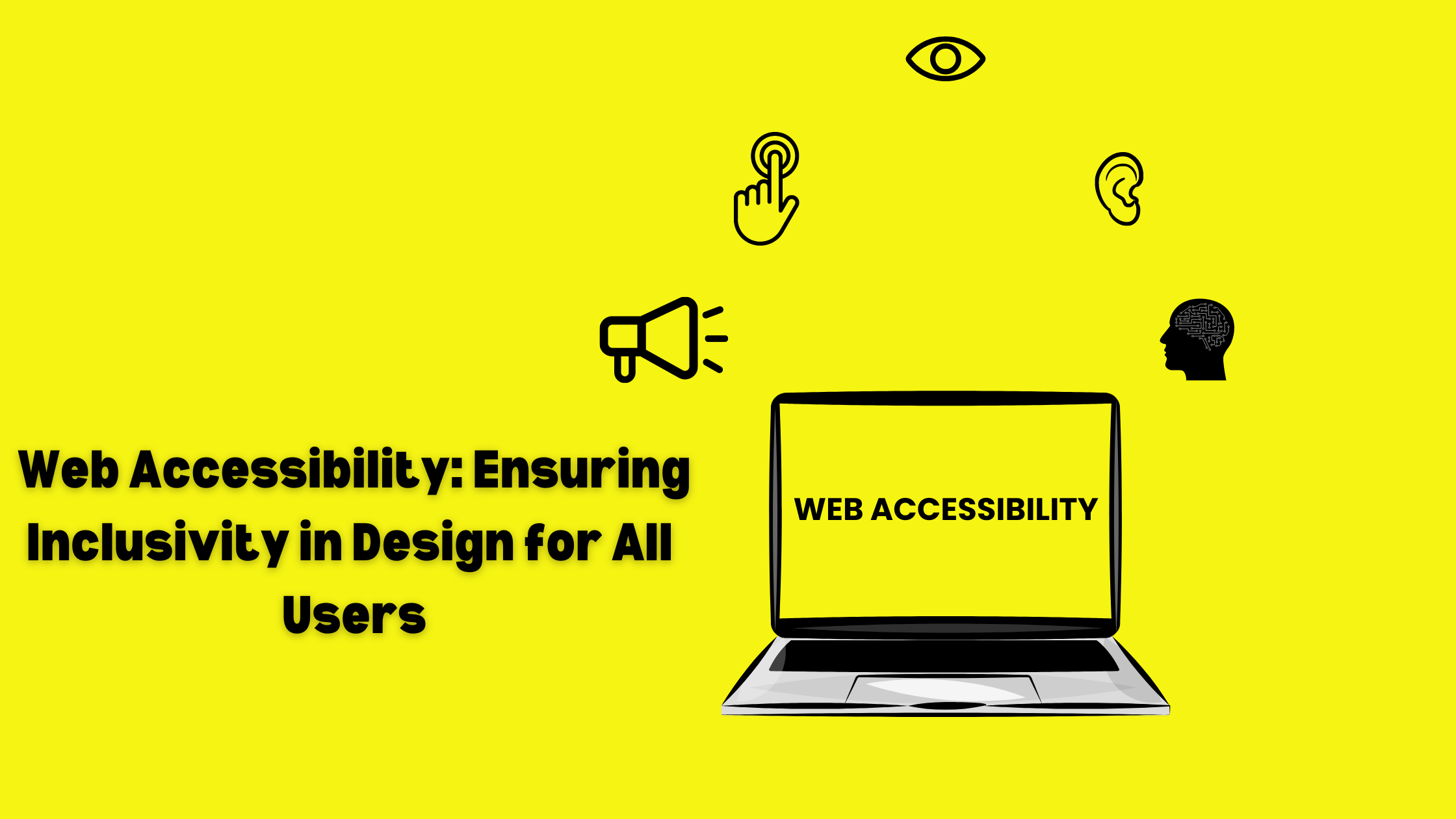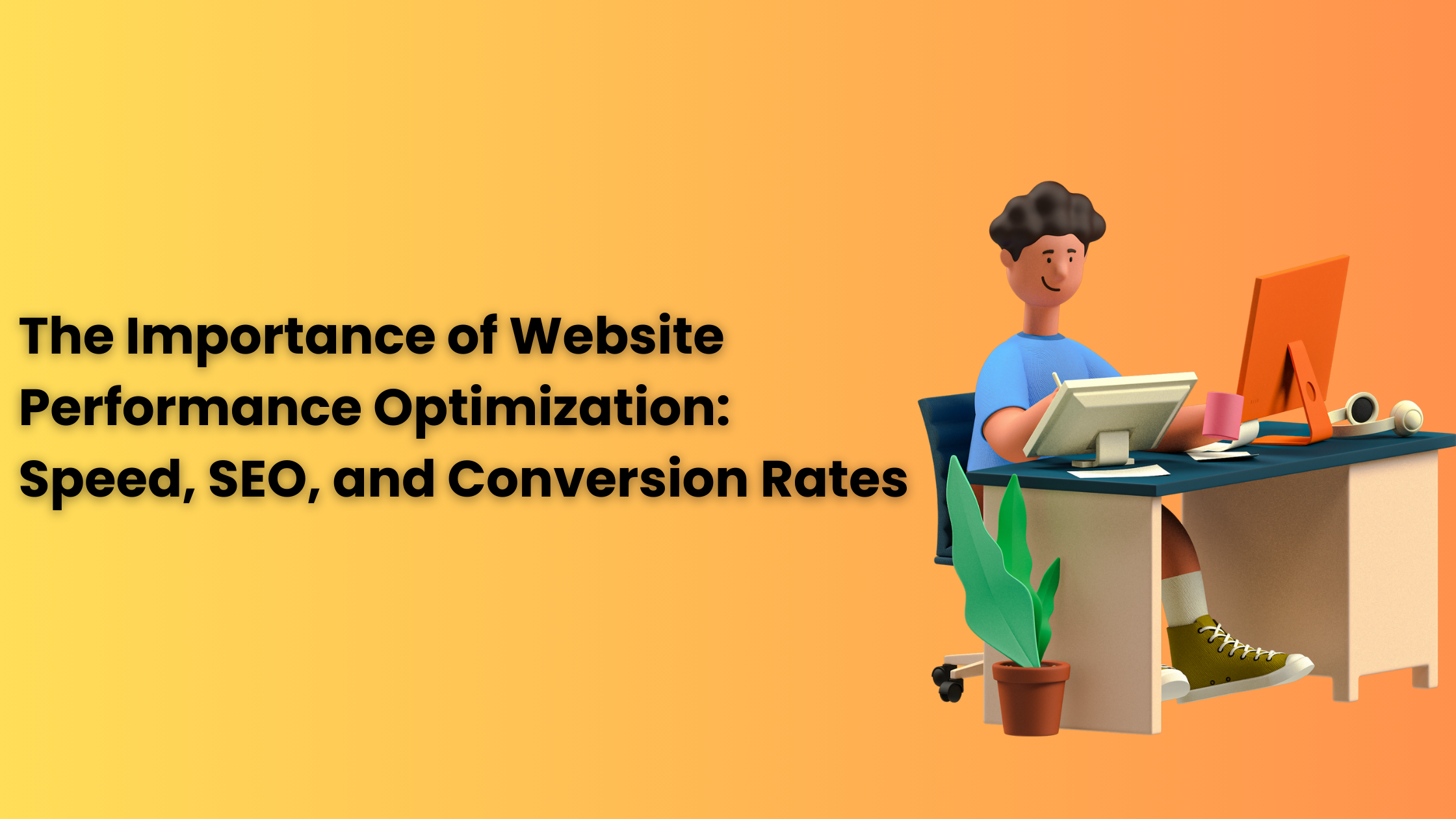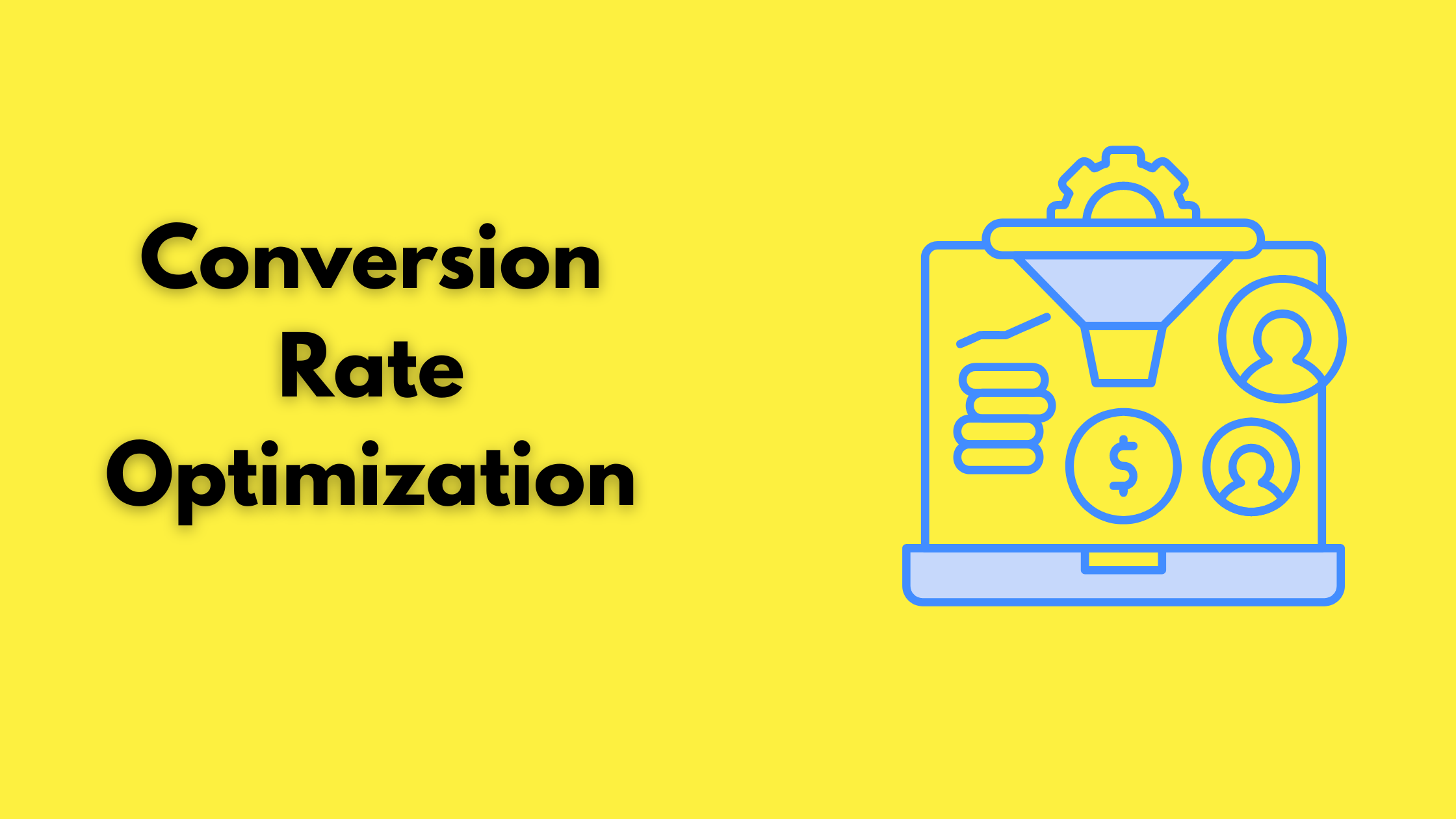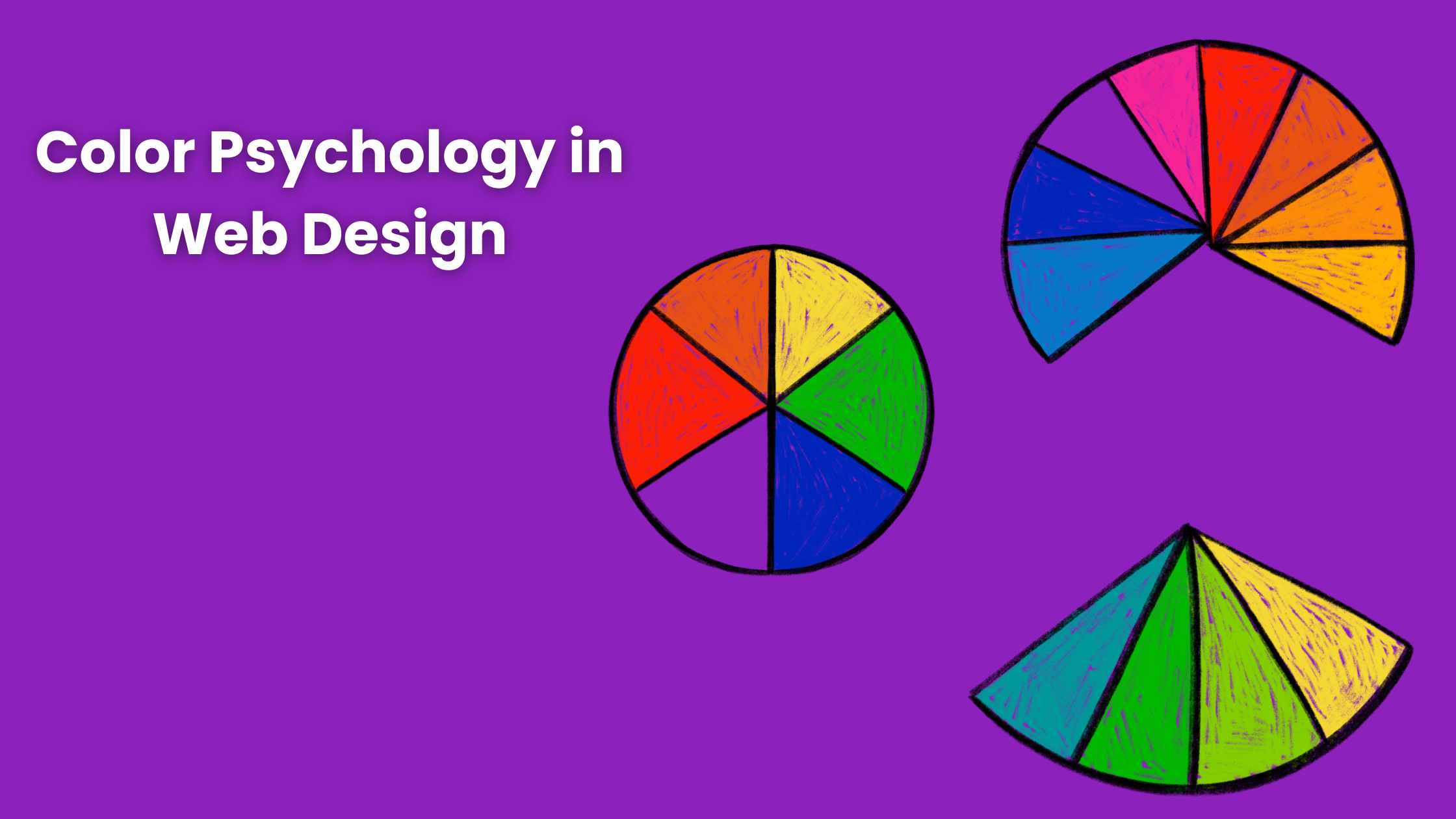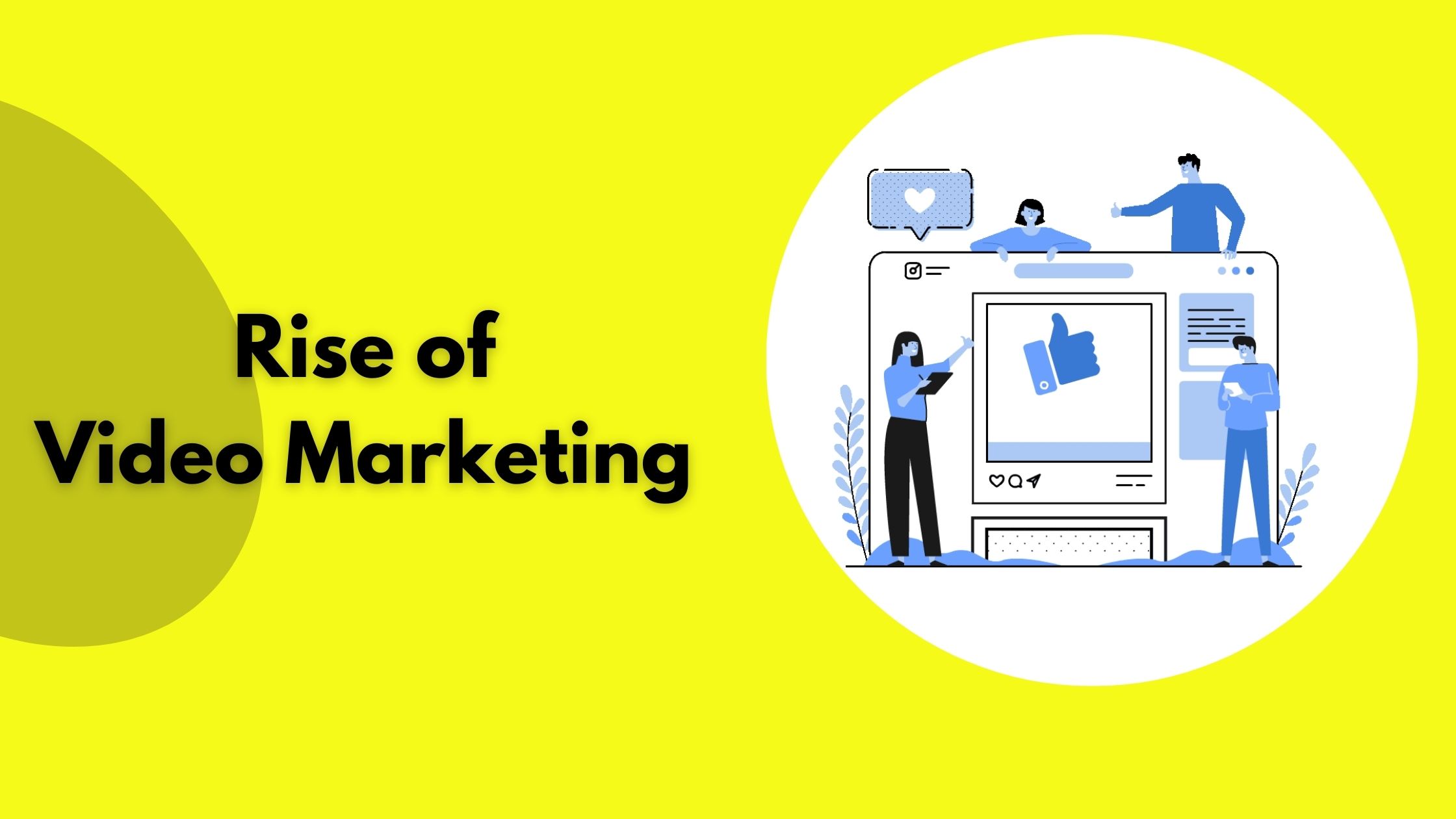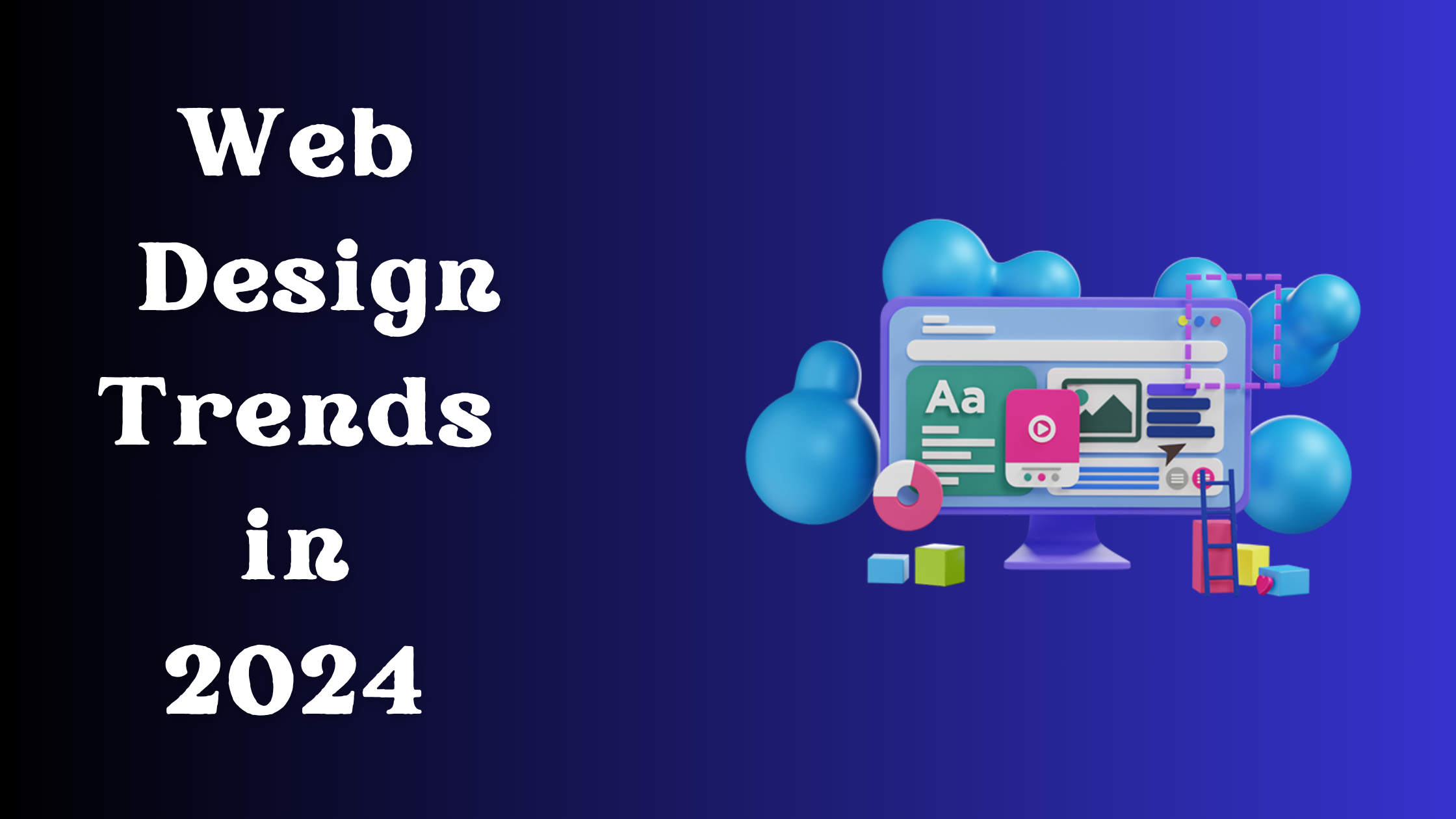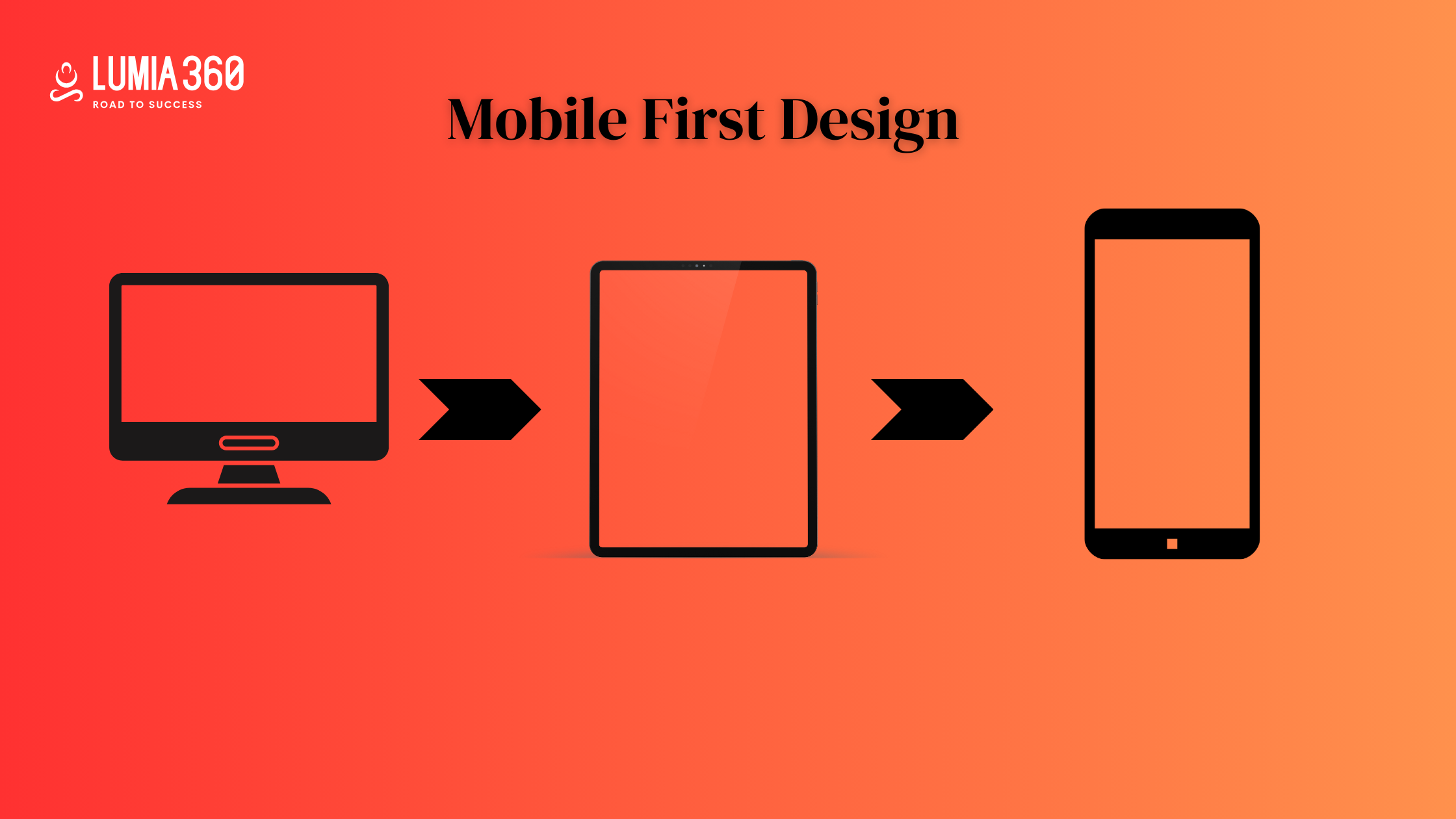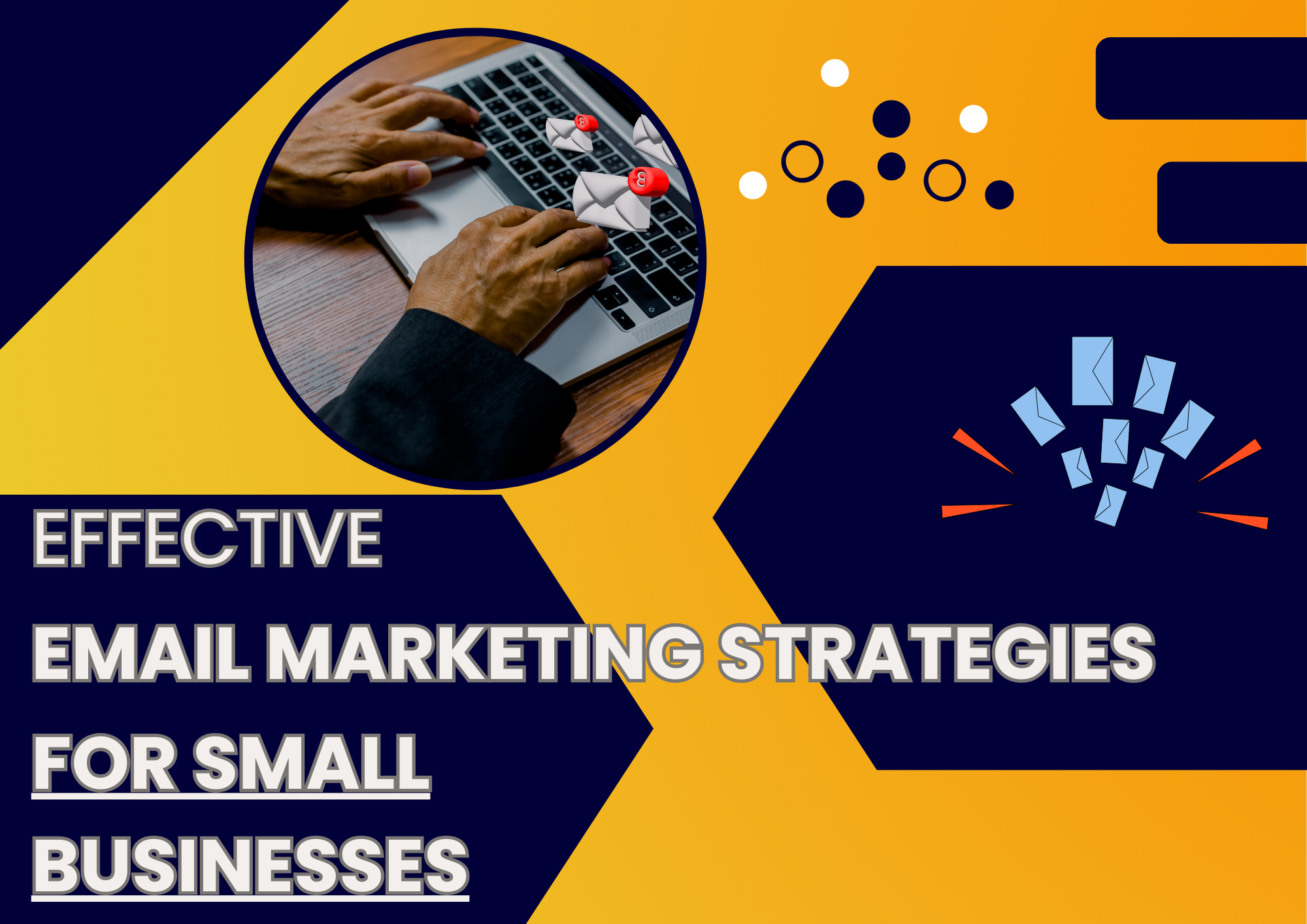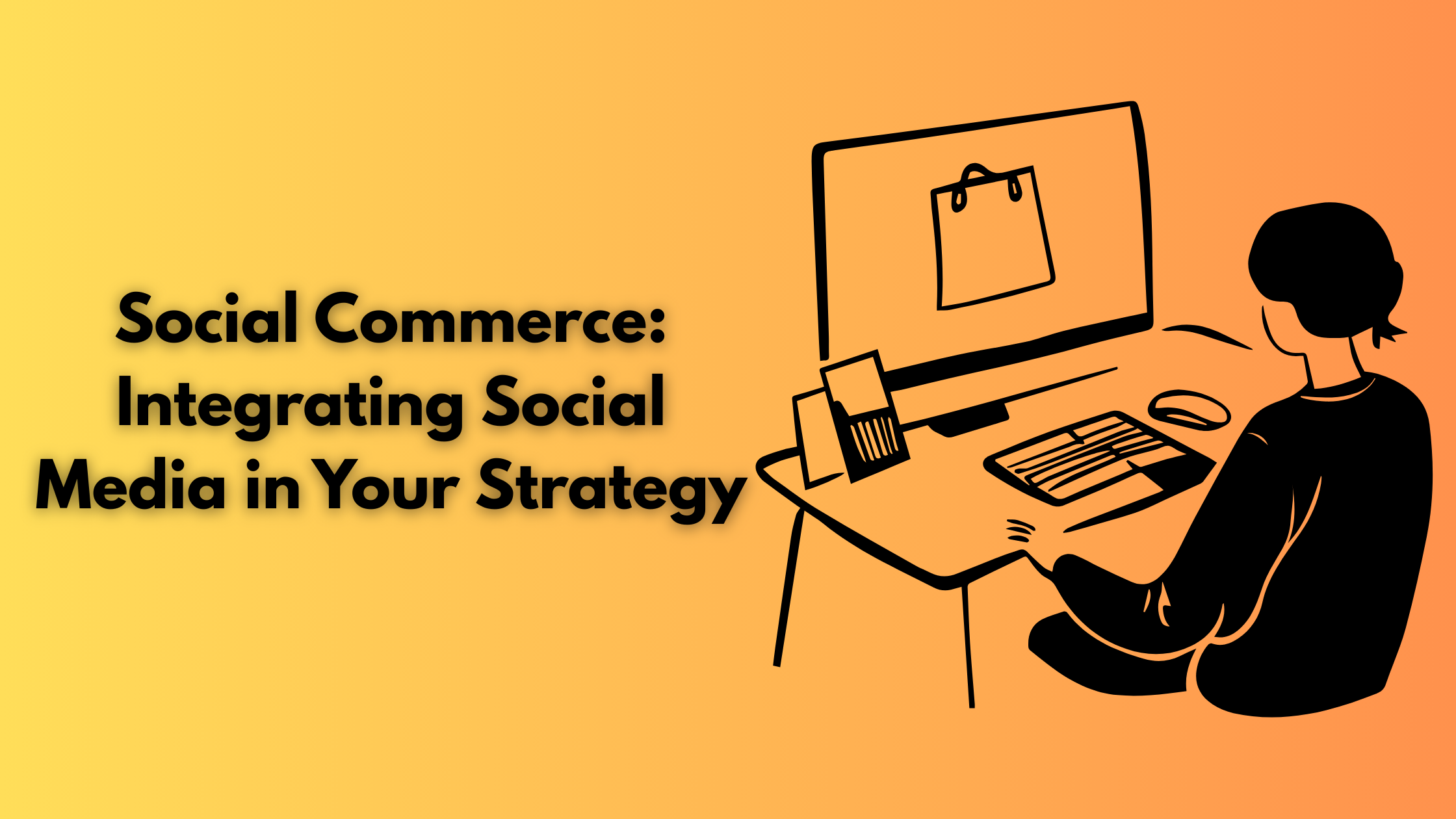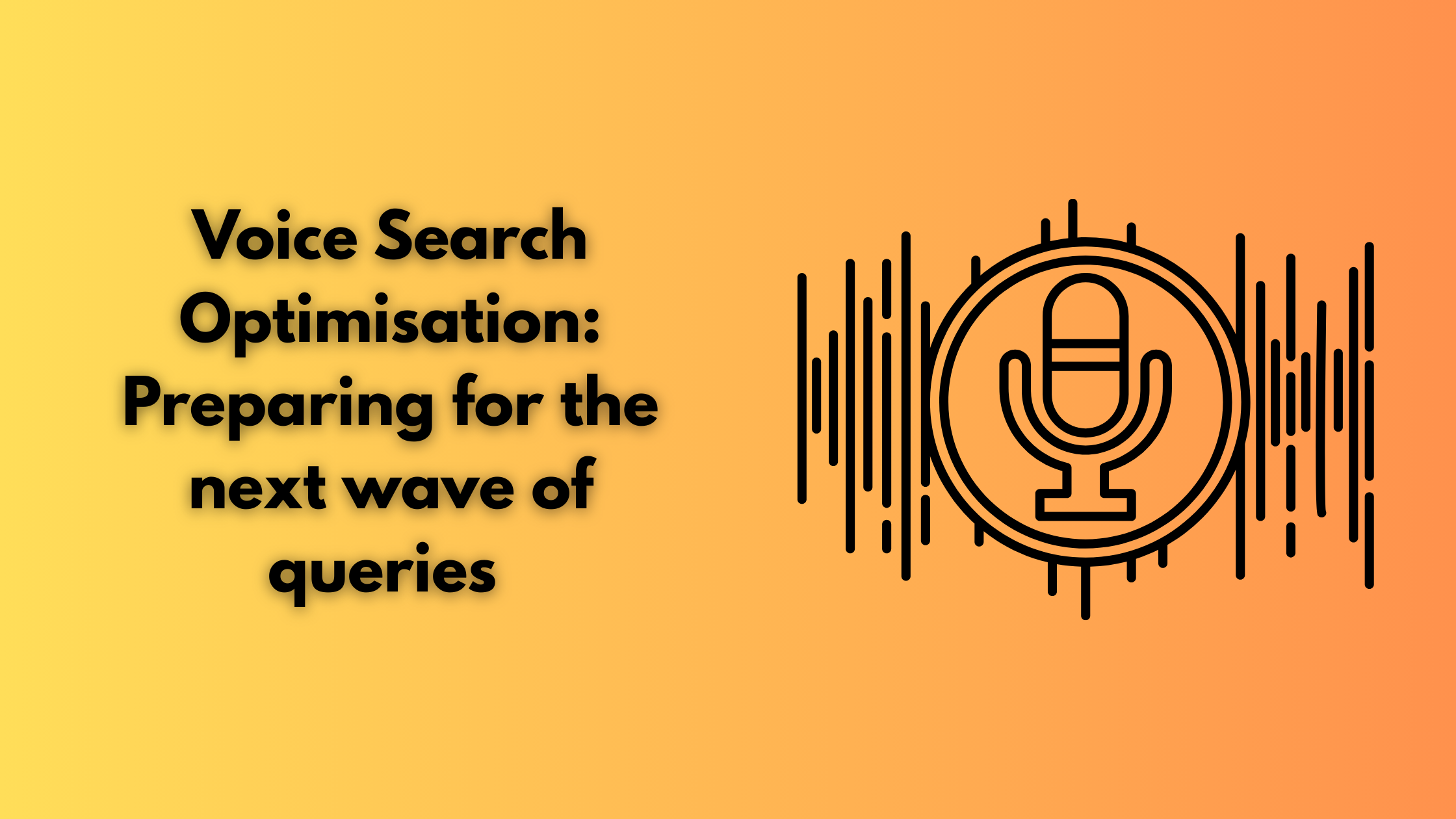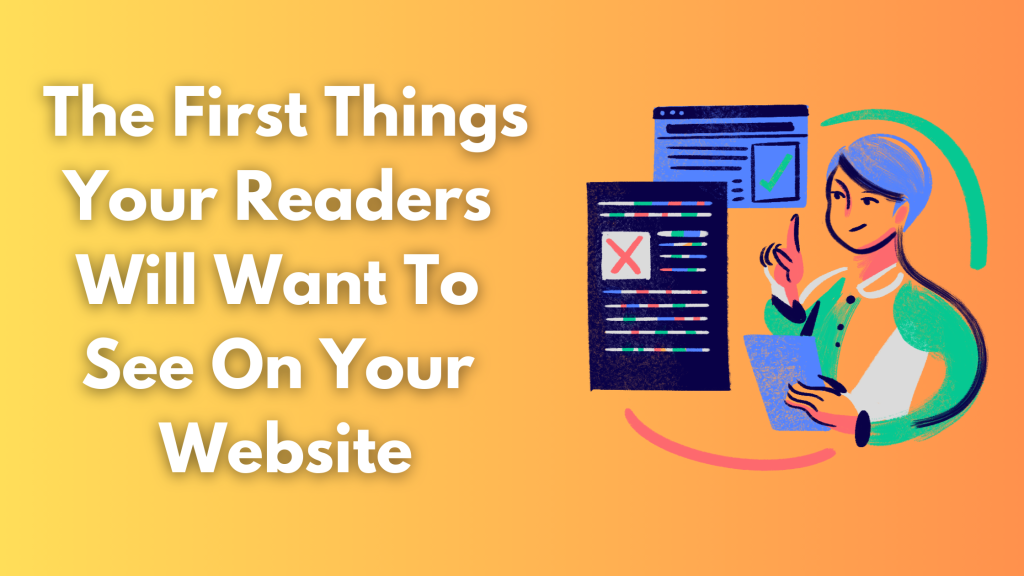
Your website creates the first impression of your brand. The website is not limited to only attractive design and appearance. It’s about accessibility, content, and usability. Your website should highlight in the first few seconds what your brand is about and what are your core values. Your website creates the first impression about your brand, so you must provide all the relevant information that attracts and engages a potential customer. Due to digital competitiveness, customers have many options and have high expectations from every brand. Let’s explore some of the basic web pages that a user expects from your website and the first things that your readers will want to see on your website!
9 Web pages that every website should have
Here are some of the web pages that every startup, small and large enterprise should have
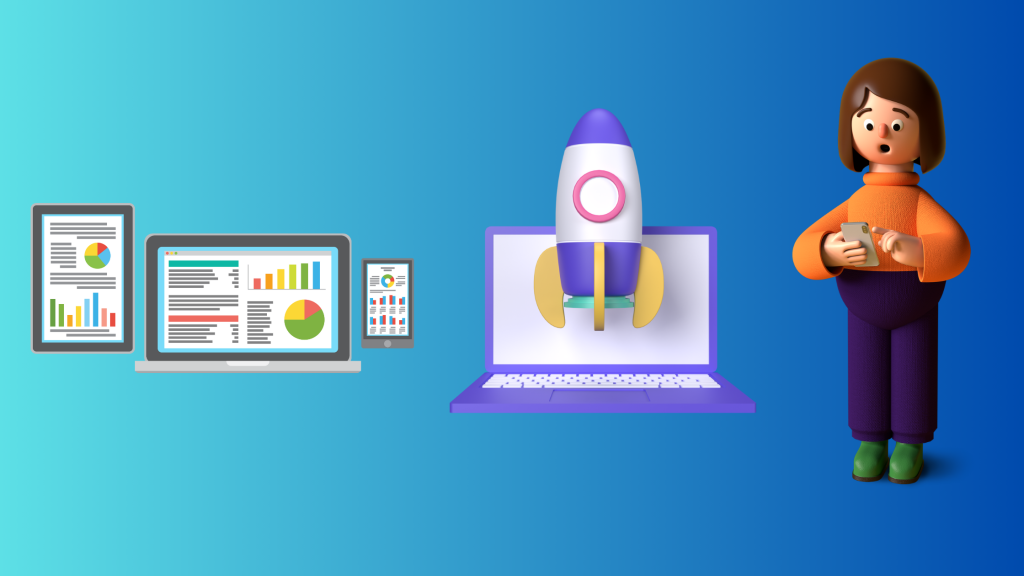
- Homepage: The homepage is generally the first page that a visitor visits. It’s like the entrance of your website. However, not every visitor needs to arrive on the home page first. The homepage is well-defined and depicts all the necessary information. It contains the headlines, strengths of the business, product explanation, CTA, reviews, contact information, and any other information that engages or evokes emotions in the visitors. Visitors decide in the first few seconds whether to stay or leave the website.
- About us: The About Us page introduces your company to the visitors. It provides in-depth information about the company. It highlights brand values, core philosophy, brand history, etc. It helps in establishing trust and credibility. You can add some informative and engaging content like messages from the CEO, team pictures, Business meetings, etc.
- Contact Page: The contact page is where a visitor can find all the information related to the company’s contact details. Some websites have a form type of contact page while some provide details such as email, mobile no. And address. You can also add social media links, live chat, map location, working day and time, etc. You can also add a section of FAQs so that visitors have all the information they need. It enhances user experience.
- Product Page: Product Page, in e-commerce websites, is the shop section from where visitors can purchase products online. It includes all the details related to product specifications, high-quality images, billing method, return policy, expected date of delivery, etc. While other websites such as SaaS simply state their products and their benefits and features and then lead them to registration links. Some B2B companies require additional steps such as sign-up, demos, etc. In case you have a large category of products then you need a product overview page. Some e-commerce platforms such as Amazon have filters that specify the search based on color, price, quality, etc.
- Privacy Policy: Every company should create a privacy policy page that states all the information related to their privacy policy. It should inform the visitors how their data and information will be used. It includes information related to cookies, emails, etc. You can also add a terms and conditions section on the same page or create a separate page for it. It informs the conditions on which they can avail your services.
- Blog Page: On the blog page, you will find all the blogs published by your company. Although it’s not mandatory to have this web page. But adding this webpage adds an element of creativity and provides all the relevant and engaging information related to the company and its niche. You can also highlight the behind-the-scenes and customer success stories in your blog. It’s a great way to narrate a story and build brand identity. You can talk about topics related to your niche that excite your customers. For digital marketing purposes, you should add relevant keywords so that your website ranks better on search engines. Add a creative call to action in the blog to motivate visitors to perform your desired action.
- Reviews/testimonials: Reviews and testimonials are very useful in building trust and credibility. It also establishes brand identity. According to a study, 88% of customers trust reviews like a personal referral and 93% of customers read online reviews before buying a product. It plays a huge role in influencing the purchasing decisions of the customers. Reviews are in written form, image, video, star rating, etc. It is advisable to include both positive and negative reviews. Learn more about reviews and their impact. This will help you in creating a better review page or section.
- 404 Error: The 404 Error or page not found informs the users that the URL which they are searching for doesn’t exist. You can redirect the visitors to the homepage. Companies create engaging 404 error pages.
- Sitemap: Sitemap helps search engine bots in better discovery of information and content. It helps in identifying the newly added pages. It also helps in understanding the structure of your website. It lists all the web pages of your website.
Things customers expect from every website
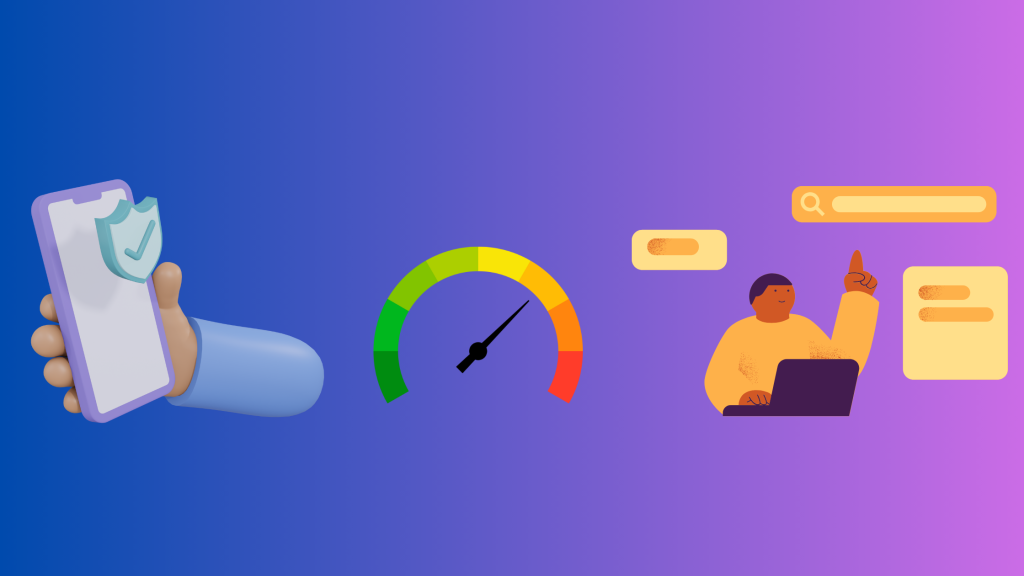
Here are some of the things that every customer expects from a website. These are the basic pointers that every website should try to include. And if they do then they should keep adapting it with the latest technology and changing human expectations and wants.
- Seamless navigation: Your website should be easy to navigate, that is it should be easy to explore. So that visitors can find relevant information in a few seconds. You can improve your navigation by sorting menu structure wherein you can use simple descriptive labels. You can also arrange related pages in a subheading, this helps in creating a hierarchy. Also, make sure your search bar is visible and mobile-friendly. All this helps in enhancing customer experience and increasing duration per page.
- Unique Value Proposition: Be direct and crisp while describing your visitors about your business. They should not be confused about your business. Provide all the relevant information logically so that visitors can grasp your intent and information. Create relevant headlines, subheadings,s and call to action. It makes you stand out from competitors and motivates visitors to explore your brand more.
- Design that aligns with your brand’s value: The design of your website evokes emotions in the visitors. It creates a good impression of your brand and helps in grabbing the attention of the visitors. However, make sure the design is aligned with your brand’s core philosophy and values. You can do so by choosing colors that resonate with your brand. Always use typography that is easy to read. Use minimalist design, don’t clutter your design with irrelevant or over-information. Also, ensure that your website adapts to all screen sizes. Use high-quality images and videos to engage your visitors. It helps in enhancing user experience, and increasing engagement rate and duration per page. It also reflects your professionalism and love for creativity and technology.
- Relevant content: Your content is the deciding factor that determines your success. It helps in attracting potential customers, engaging them by providing informative content and eventually motivating them to complete the purchase. The content on the homepage should be catchy and centered about the company and its strengths. The content on About Us informs the visitors about your company, its story, and core values. The product page describes the product in depth, wherein specific details related to the product are given along with high quality images and much more. The blog page explores industry news, trends and provides insights related to it. It helps in building thought leadership. Testimony highlights the experiences of the customers with your brand. By using case studies you can inform your visitors about the success story of your clients. Relevant and engaging content helps in building brand identity, increases engagement, and conversion rate, and improves your SEO. It promotes customer loyalty and keeps your customers engaged.
- Call to action: A CTA helps in guiding your customers to perform a specific action desired by you. This action can be completing a purchase, signing up for a newsletter etc. to create an effective cta you can use action oriented words such as “Learn More”, “Get Started” etc. Make sure your CTA stands out from the background, use a contrasting color to attract the attention of the visitors. Conduct a/b testing for identifying best-performing cta. Place your CTAs above the fold or in positions that grab audience attention. It helps in increasing conversion rate and boosts your sales. It also enhances customer journey and experience.
- Social proof: It helps in building trust and credibility. You can do so by displaying customer reviews, case studies etc. You can highlight the certificates or any acknowledgment that you have received. Attach your social media account with the website to increase its online presence. To build trust and confidence in the visitor, display the security badge. It reflects that your brand is trustworthy and legitimate. They are willing to provide additional information as well. It also increases the conversion rate.
- Mobile friendly: The use of mobile devices has increased hence the need for your website to be responsive is high. Make sure your website fits all screen sizes. Use fluid grids that adjust dynamically on the basis of the screen size. Ensure your images are flexible. Your text should be readable and navigation should be touch friendly. It promises a smooth user experience. It also increases engagement and duration.
- High quality image: Use high quality images to attract the attention of the users. Make sure that the images are in contrast with the background and relevant to your website. It helps in increasing the engagement rate of your website.
- High speed: Visitors have very little patience in today’s fast paced world. 40% of users said they will not wait for more than 3 seconds for the website to load. To enhance your website’s speed you should optimize your images, eliminate unnecessary content, reduce the size of the file, use content delivery network (CDN) and choose a relevant hosting plan and provider. A fast speed ensures low bounce rate, enhanced user experience and search engine ranking.
- Contact information: Visitors should be able to contact you smoothly and easily. Provide all necessary details such as mobile no., email address, physical address, map location, working hours, etc. You can also add a contact form. Make sure you follow accessibility guidelines so that everyone can access your website. It helps in soothing conversations between you and customers. It helps them in connecting with you, asking questions from you and helps in building strong relationships.
- Frequent updates: Customer expectations and technology keeps on changing. To stay relevant in the business you must evolve your website with time. Frequently update your content with new blogs, case studies, etc. You should keep updating your product information. It indicates that your brand is active and keeps up with the changing time. It helps in enhancing SEO, increasing engagement and trust. It keeps your website relevant in changing times. It indicates visitors that your business is modern, adaptive and engaging.
- Headlines: The headline should be eye-catching and relevant. It should promote your brand’s strengths. Make sure it is short, crisp and thought provoking. Make sure the headlines address customer’s needs and expectations. It increases your click rate and engagement.
- Content snippets: Provide preview to what your content is about. What will your content offer and what can customers expect from it. You can use it for articles, portfolio samples, case studies etc. this helps in improving your engagement rate as it excites the customers to read more.
- High quality content: 43% of respondents stated that in a survey that they expect exclusive online content. Create content that addresses customer’s expectations and pain points. Your content should be audience oriented that centers around customers desires, wants and expectations. Whether it’s blog posts, case studies, infographics etc should provide solutions to the customer’s problems. It encourages engagement and repeat visits.
Conclusion
Your website creates the first impression about your brand. It establishes your brand identity and increases your engagement and conversion rate. It helps in attracting new potential customers. By optimizing your homepage, product page, about us page, contact page, content, etc you can create a strong and everlasting impression and help establish strong customer relationships. If you want to boost your website’s performance then Lumia 360 is here to help you. We provide digital solutions such as digital marketing strategies, web design, online reputation building, social media management, and content creation. Our web designing strategies have yielded high results for our clients. To know more about our services, email us at info@lumia360.com or call us at 514-668-5599
Read Also: The Impact of Fake Reviews on Your Business
Read Also: The Power Of Storytelling in Web Design



